
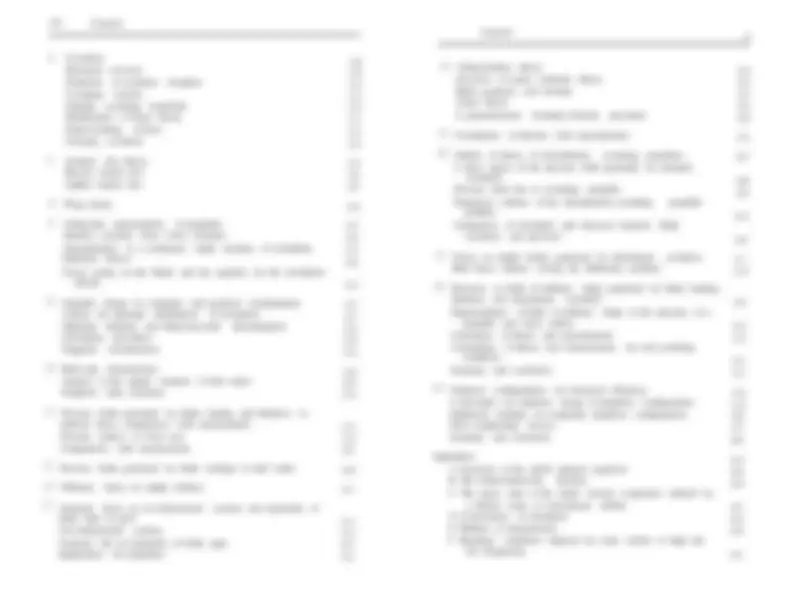
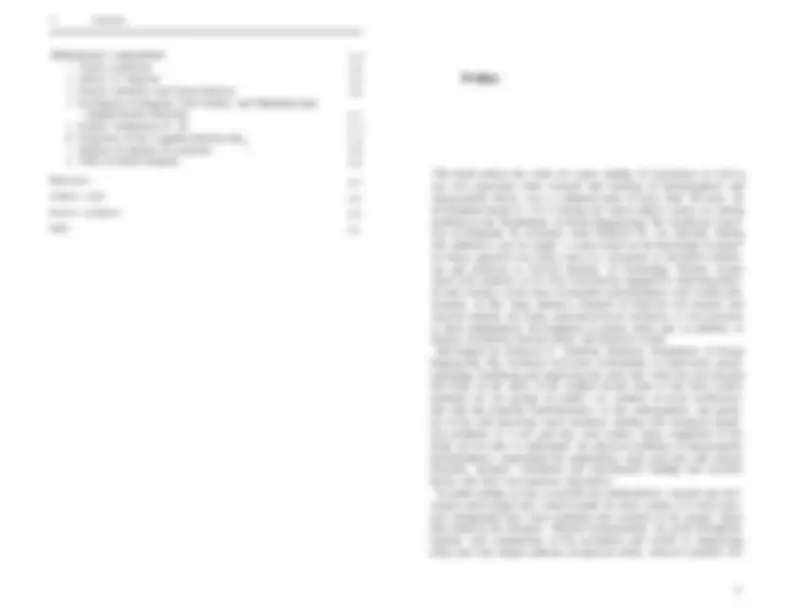
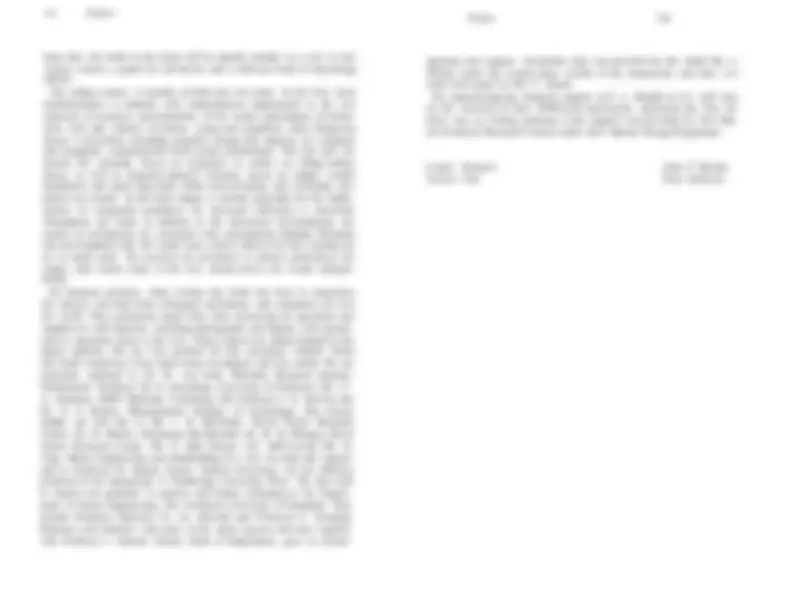
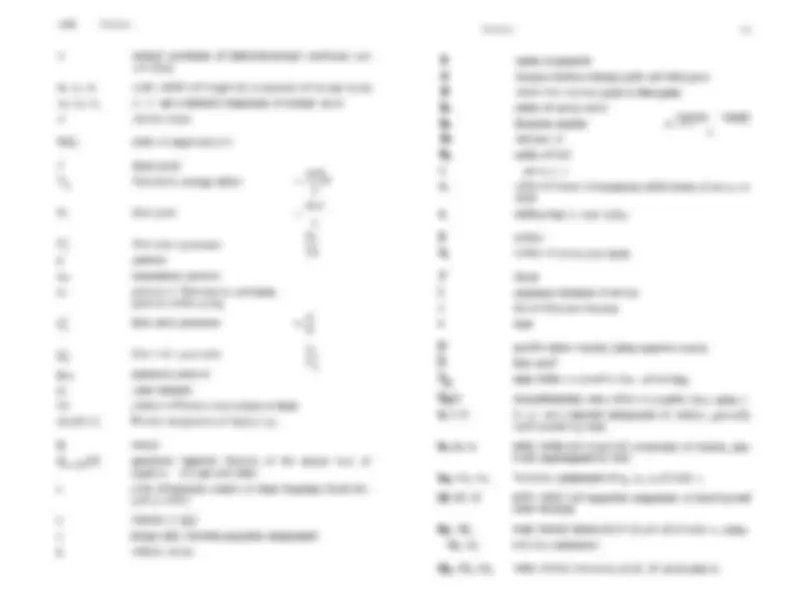
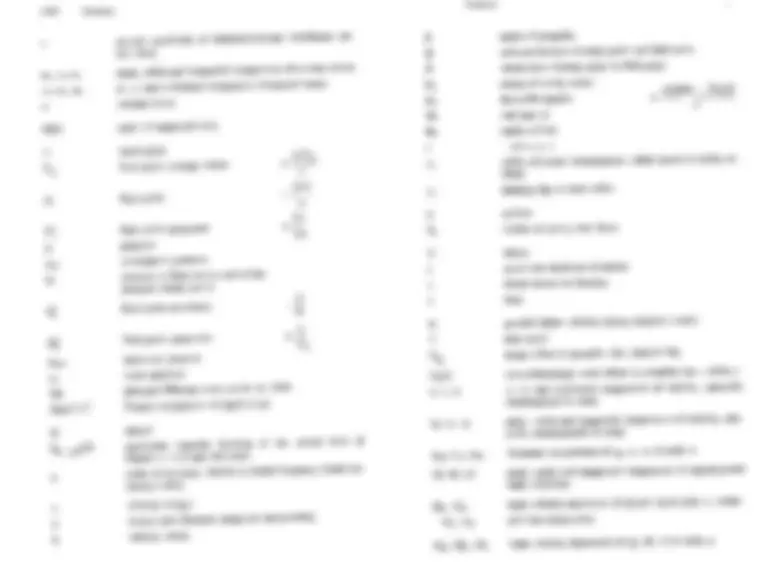
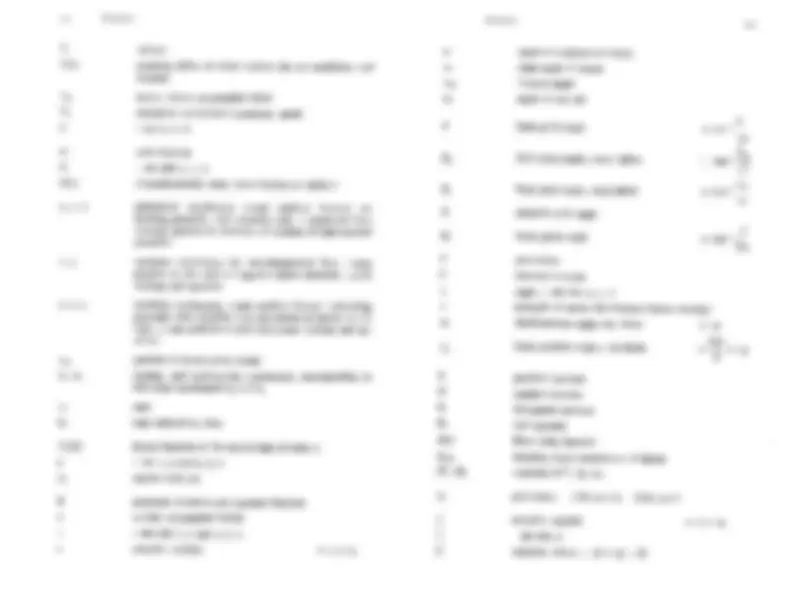
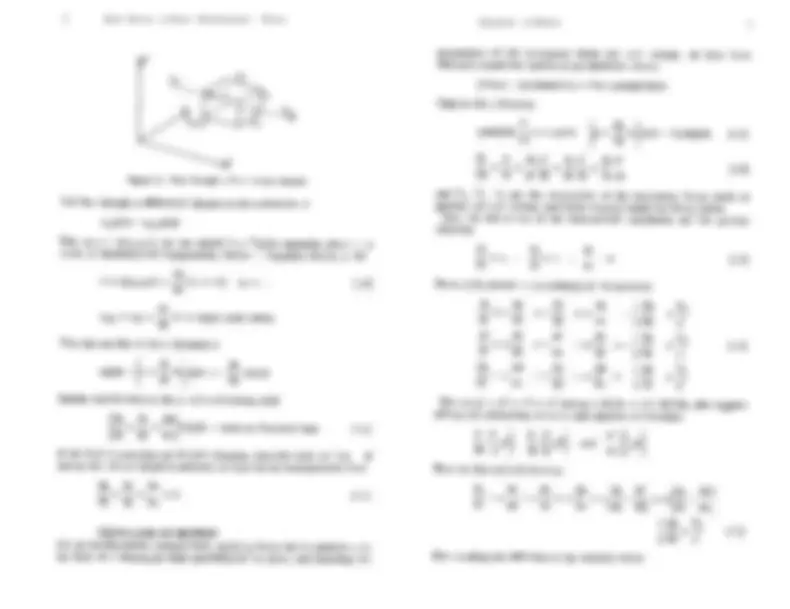
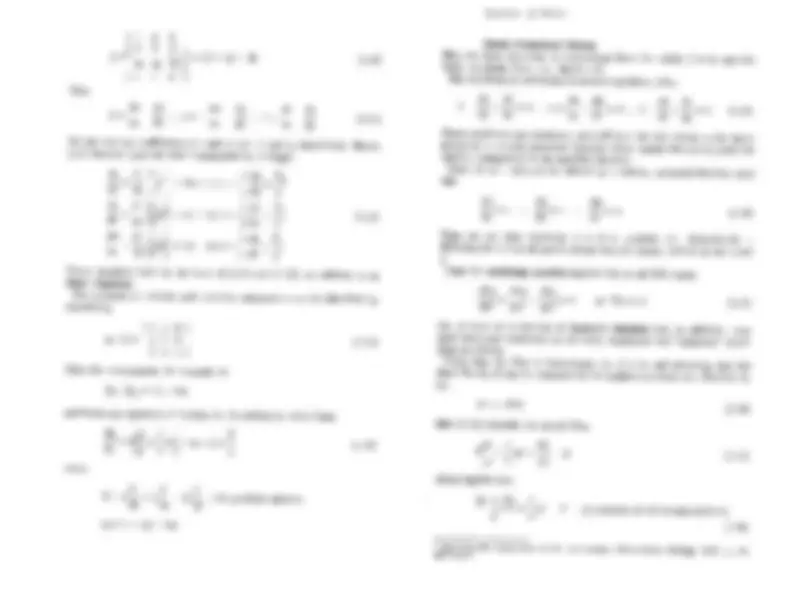

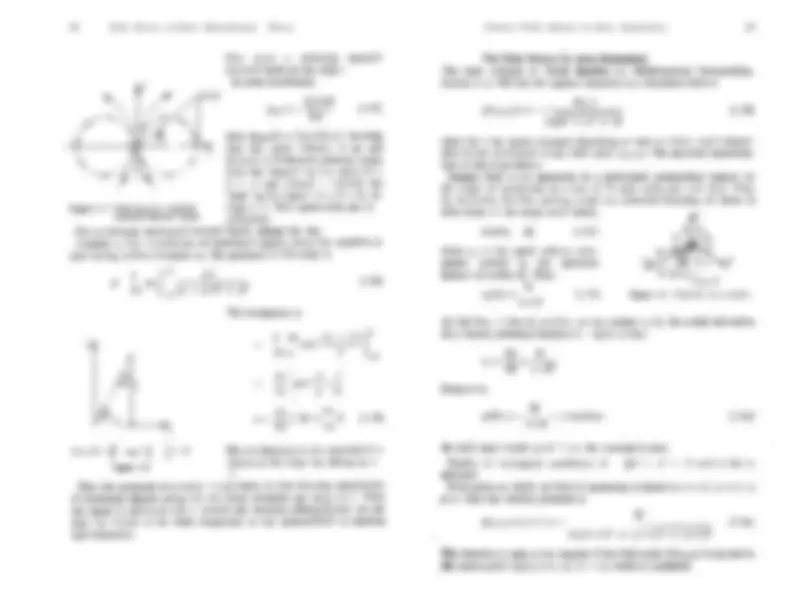
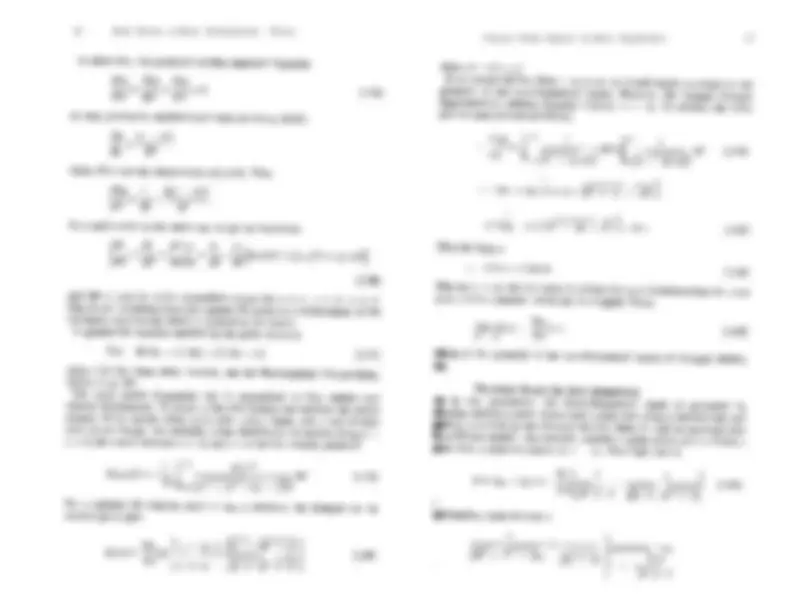
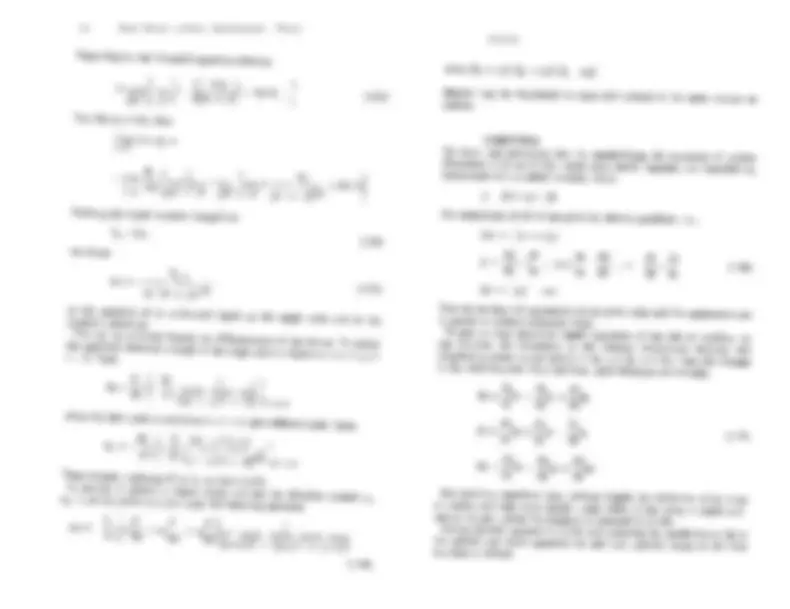
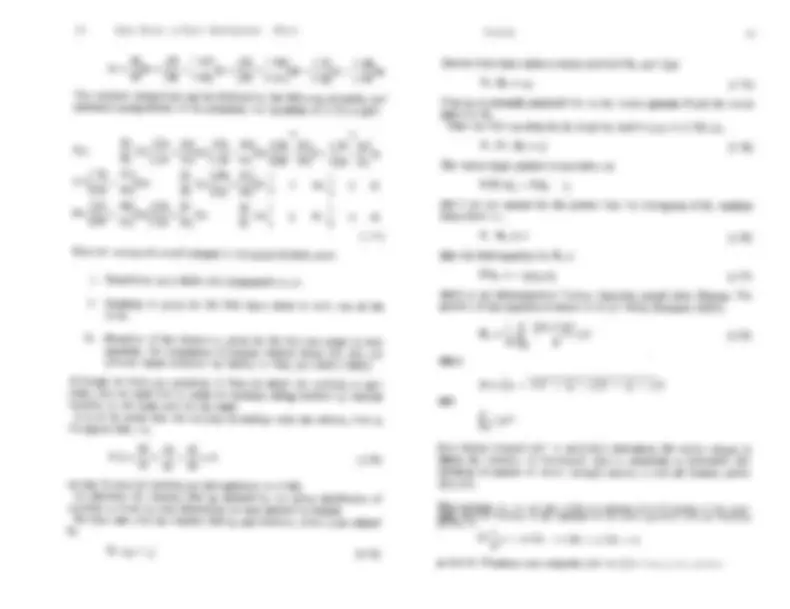
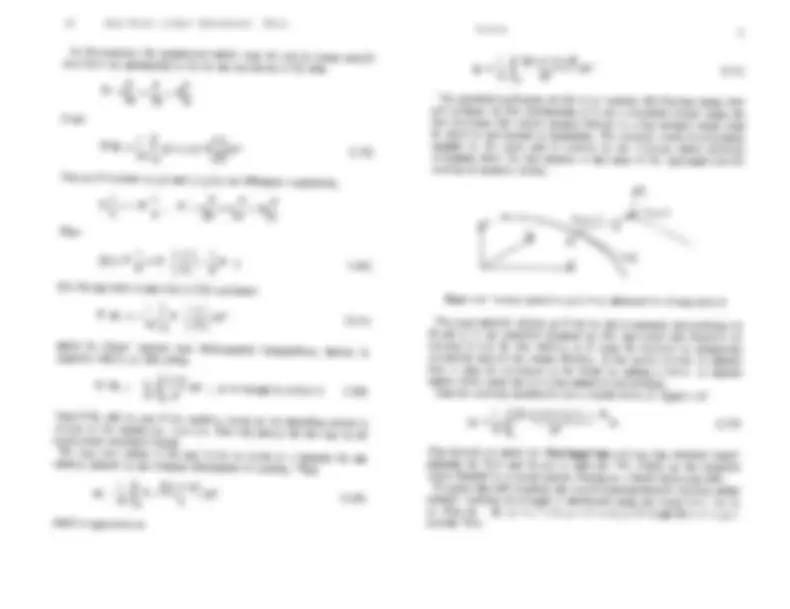
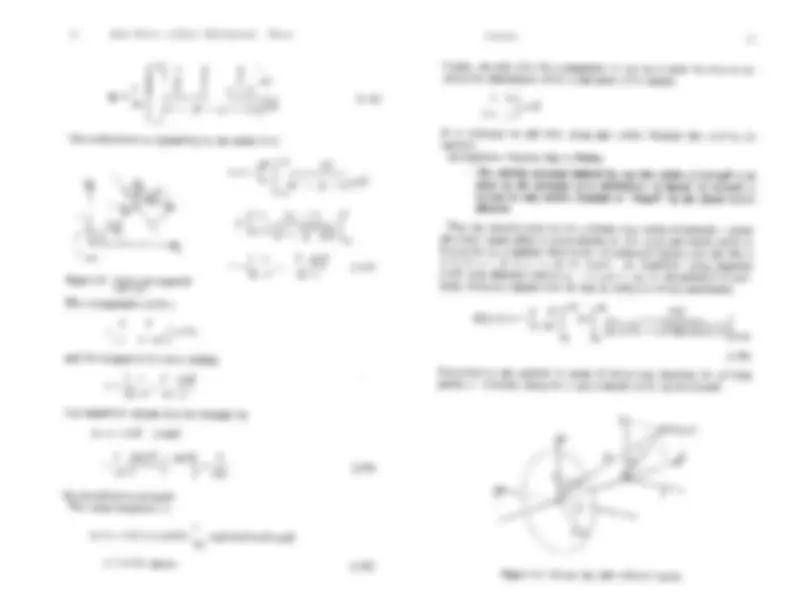
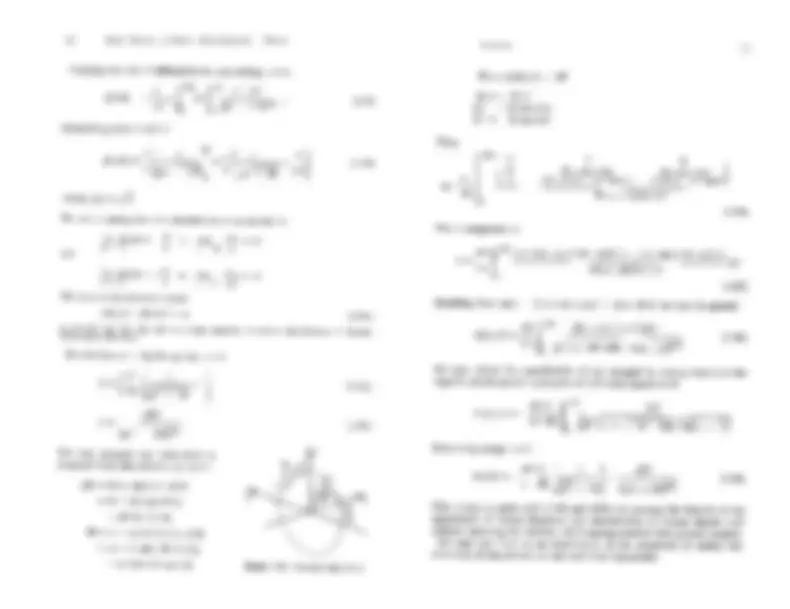
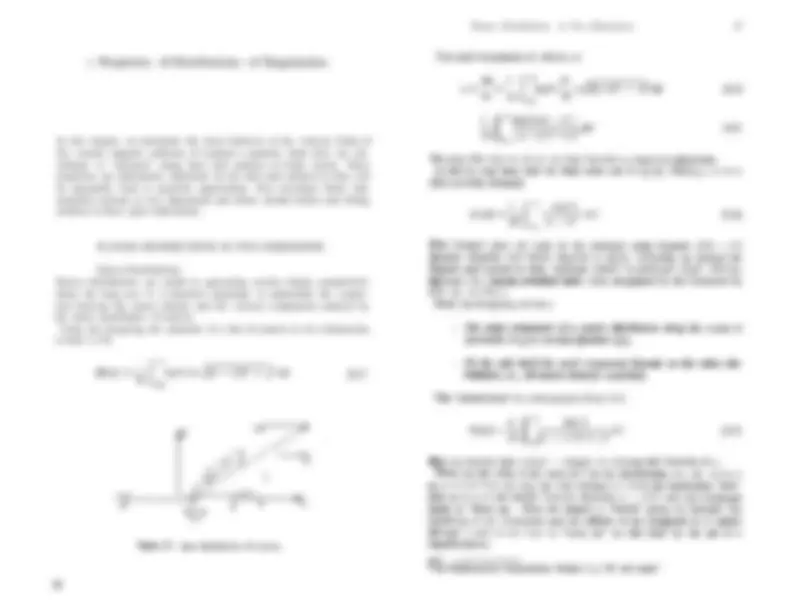
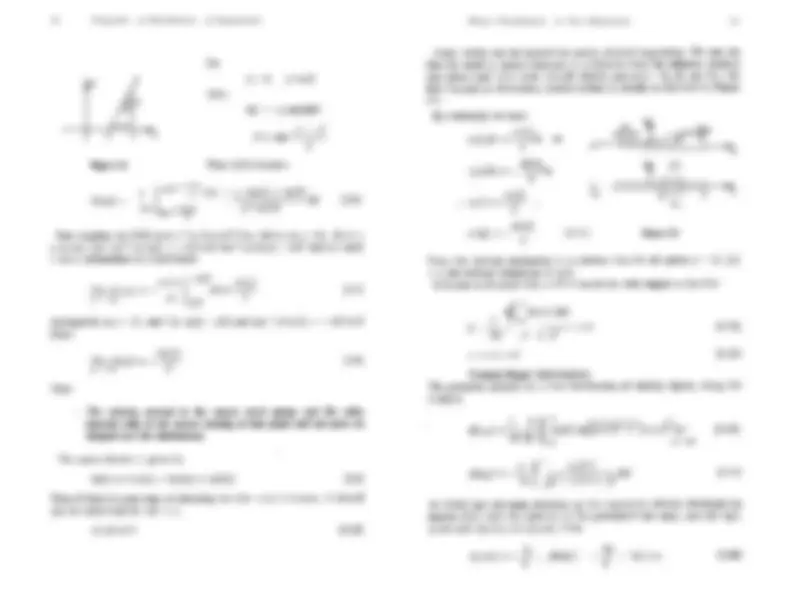
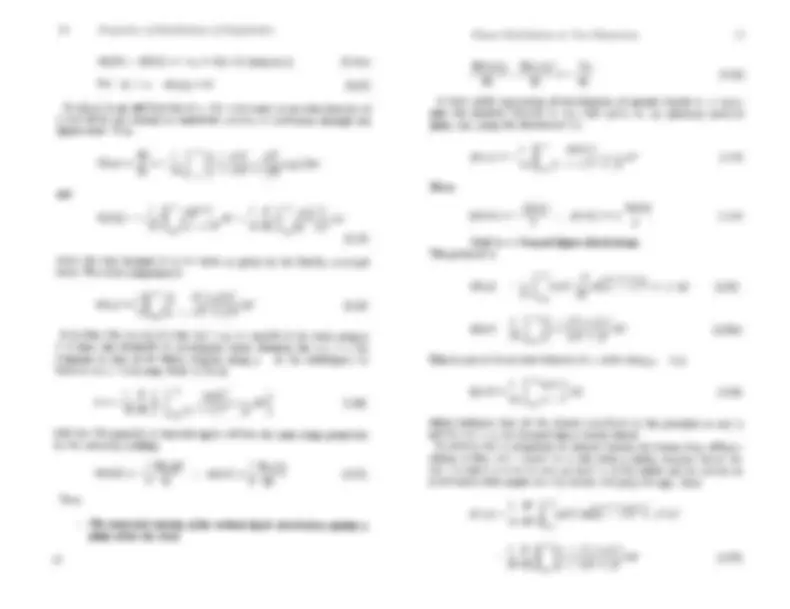
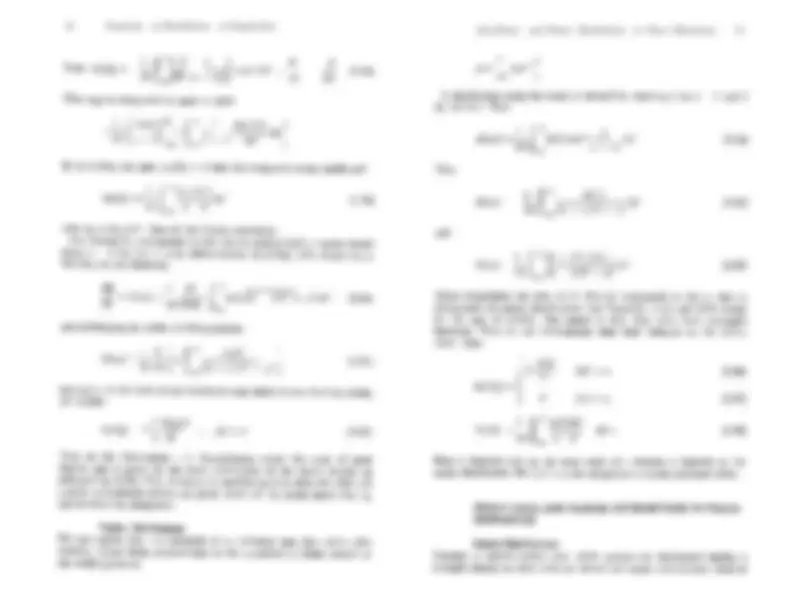
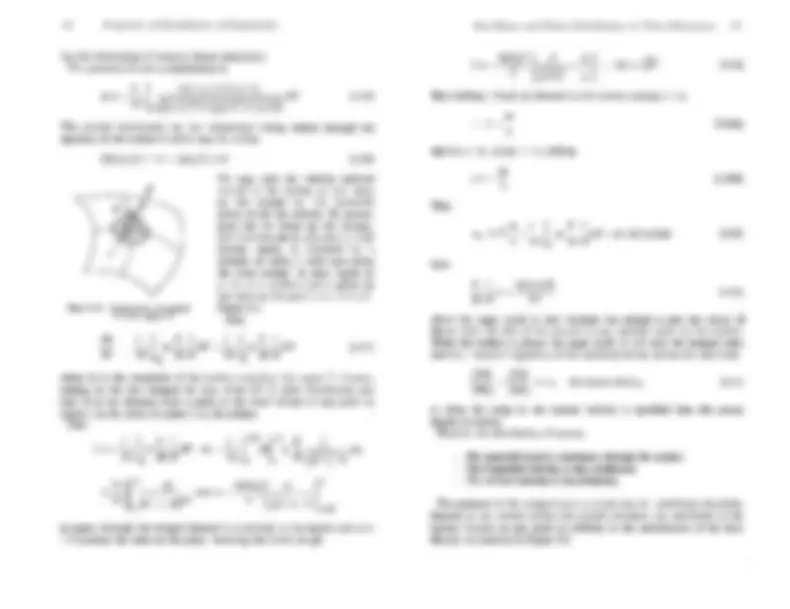
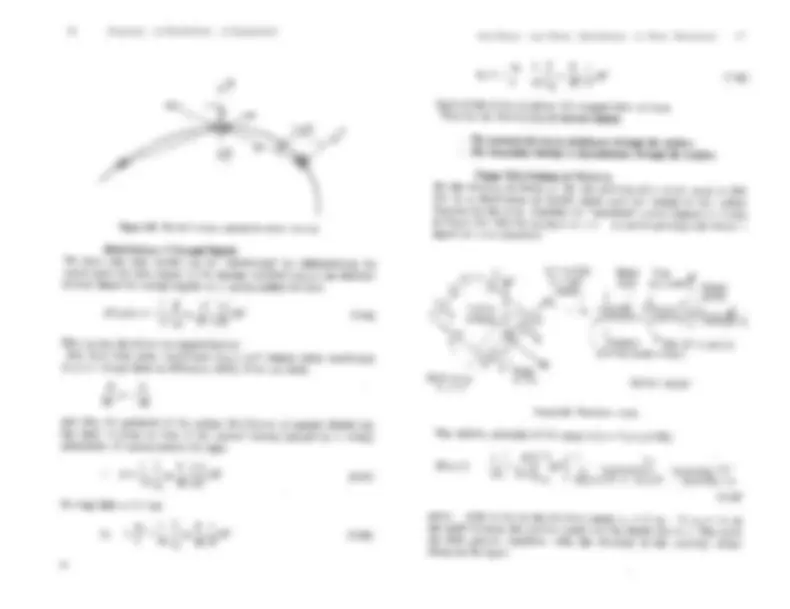
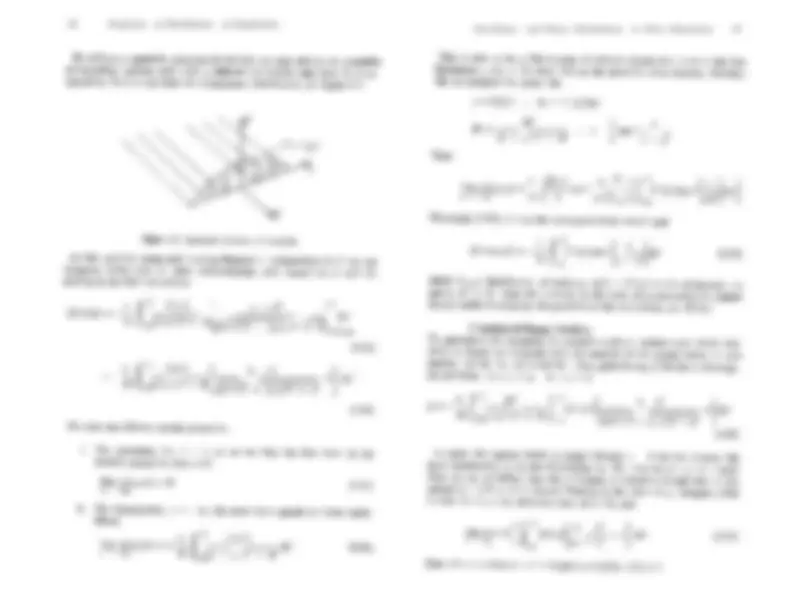
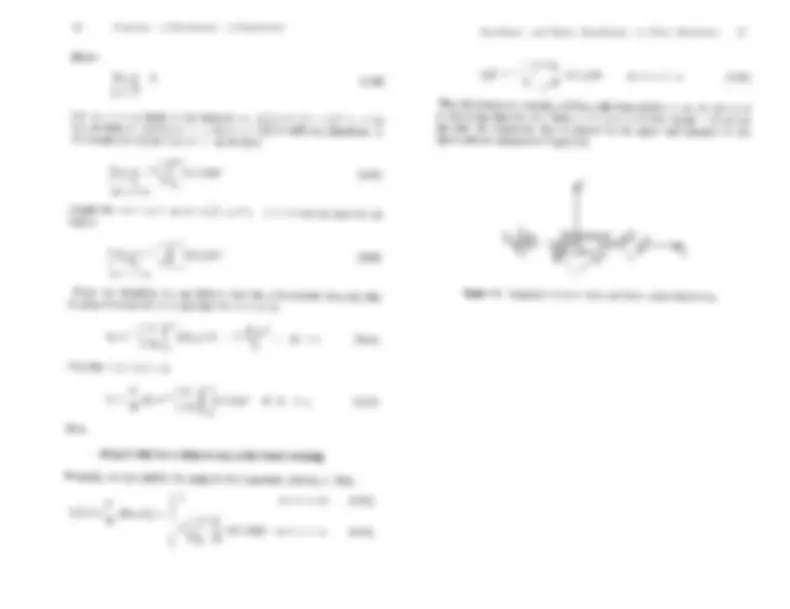
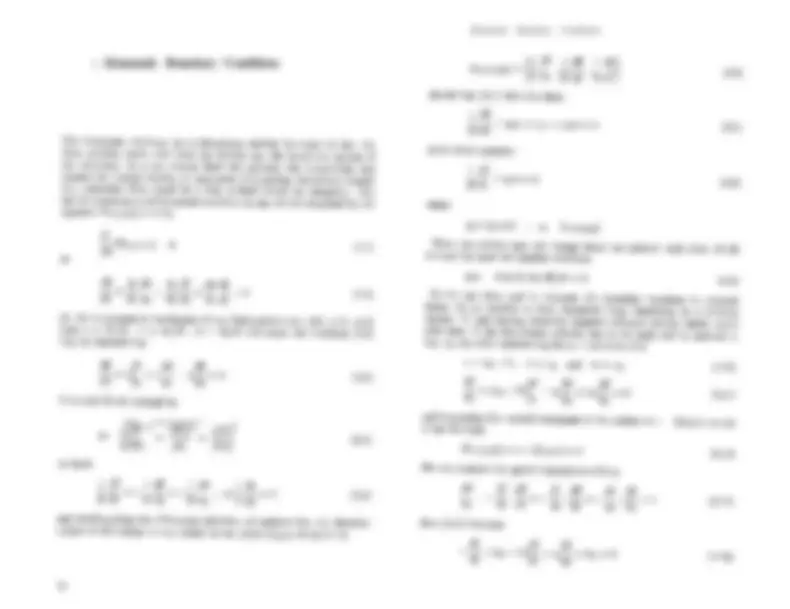
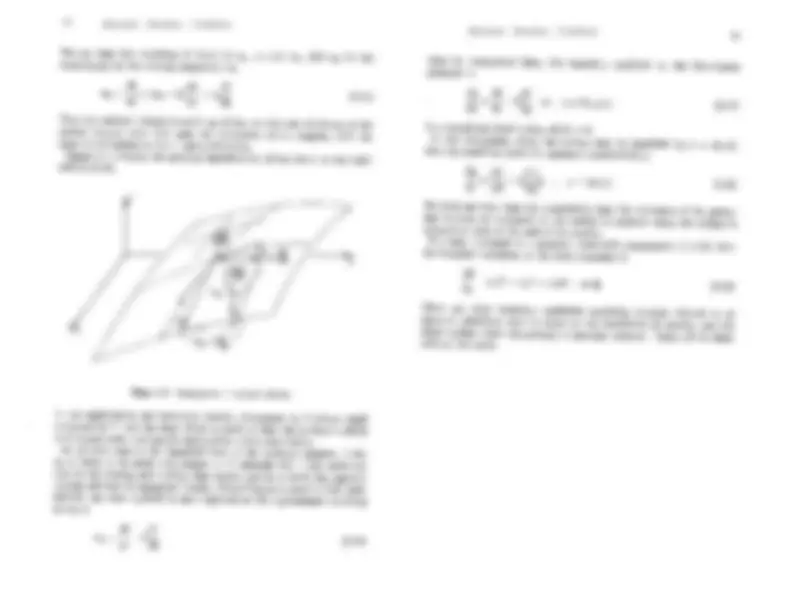
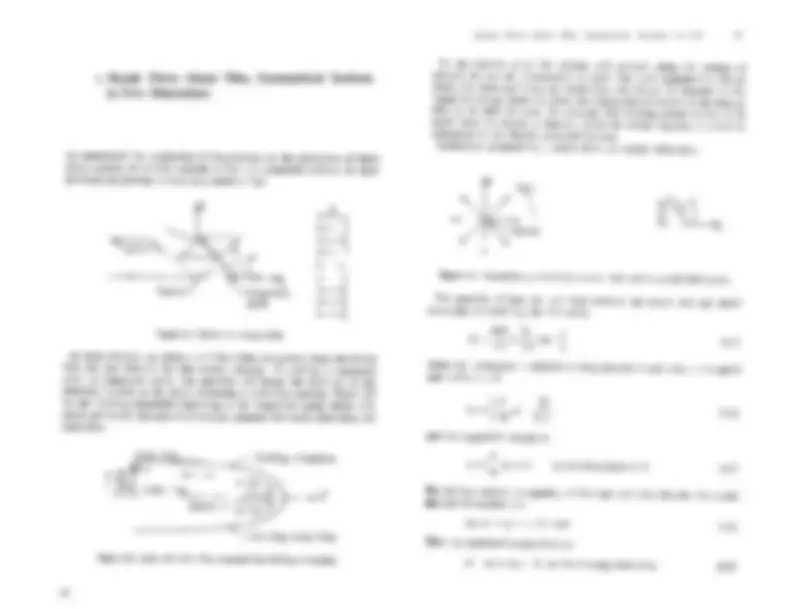
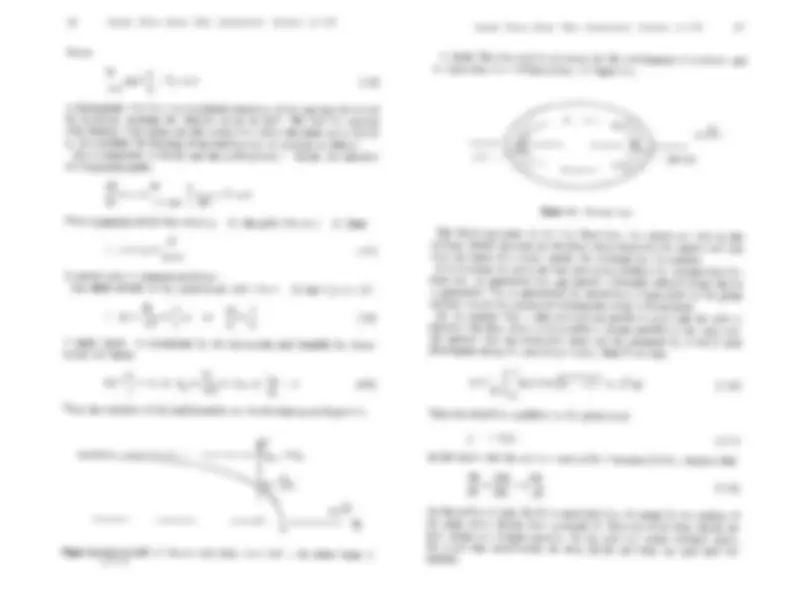
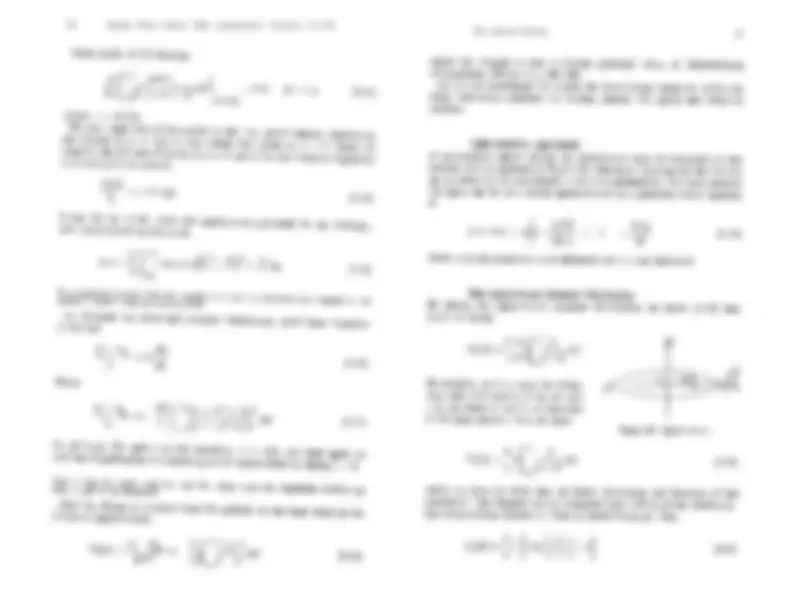
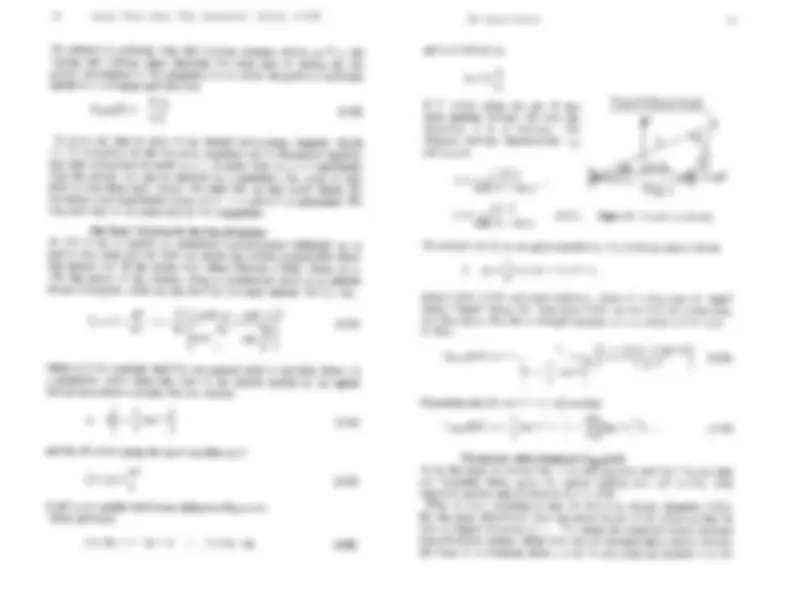
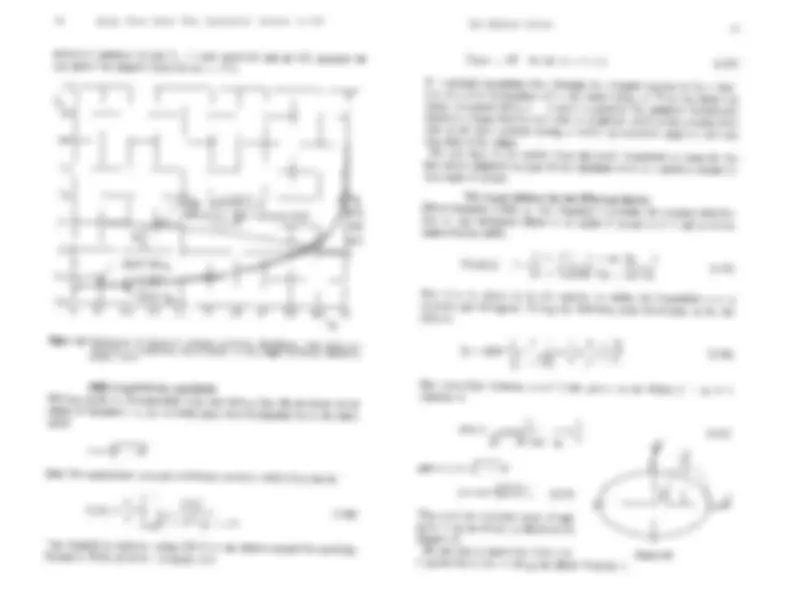
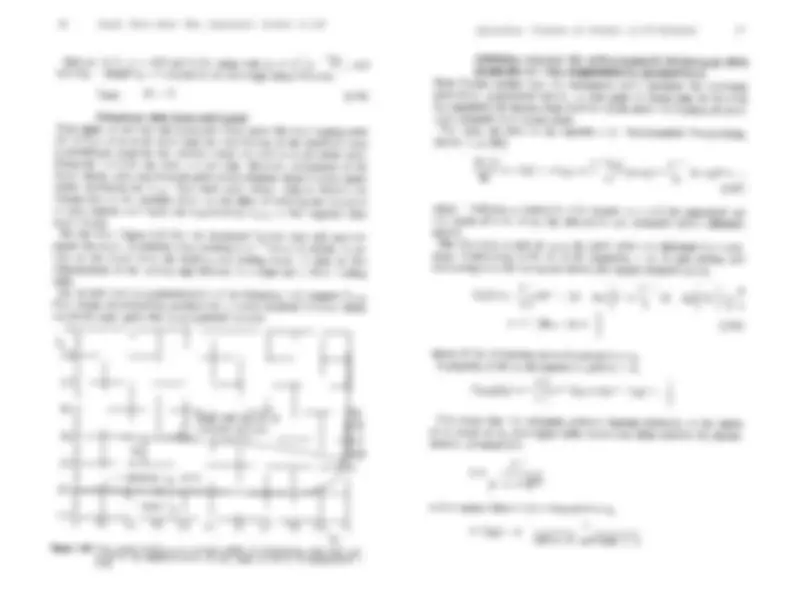
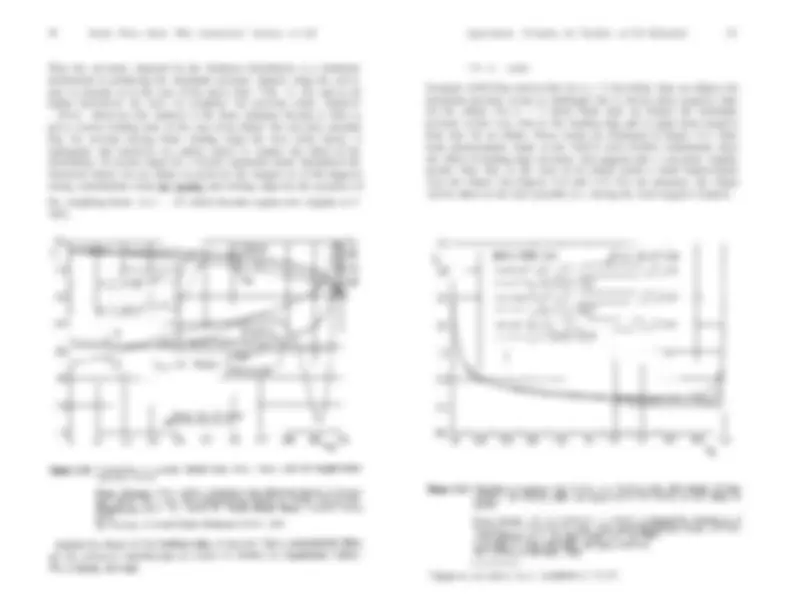
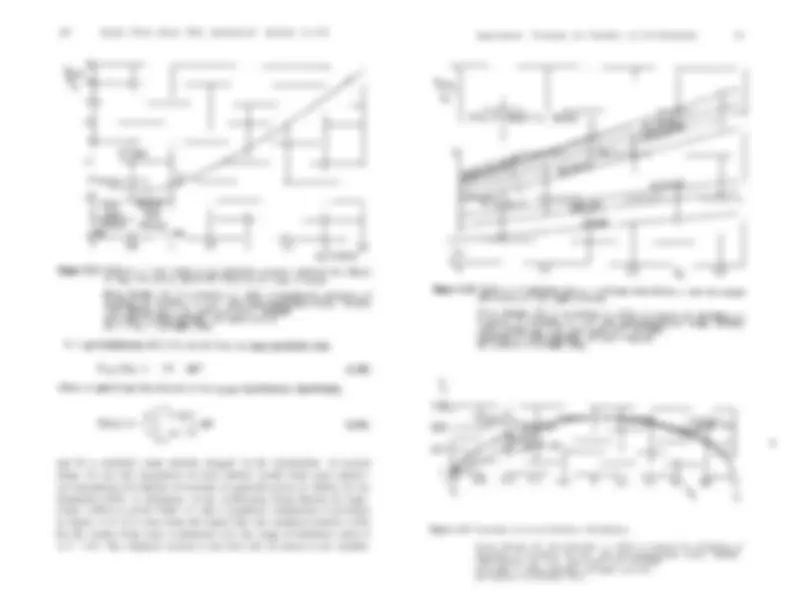
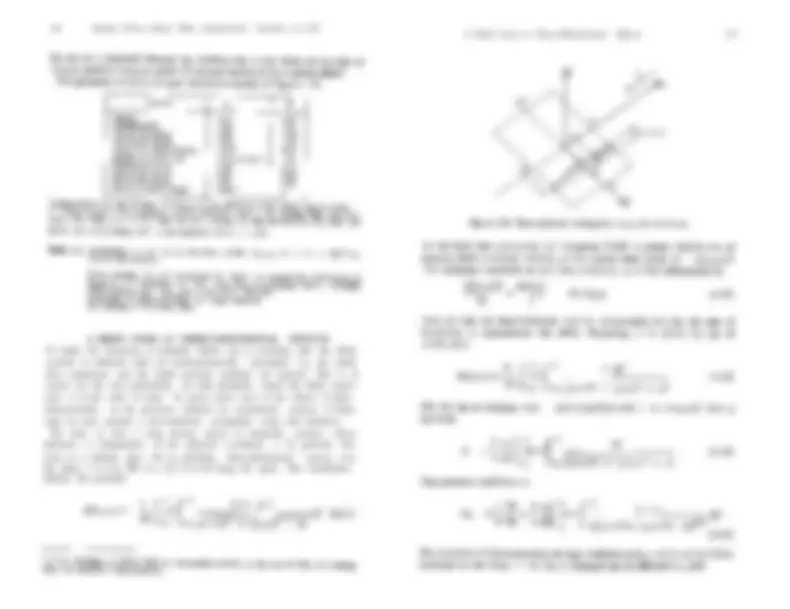
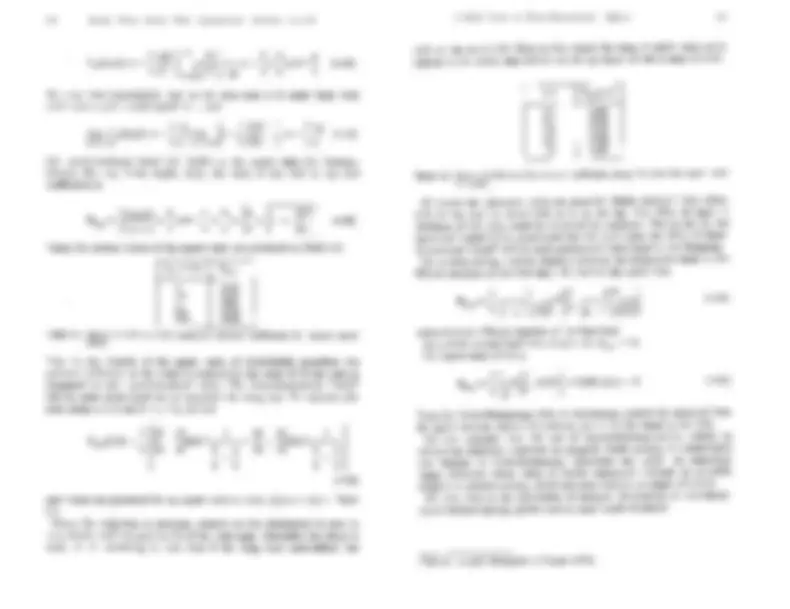
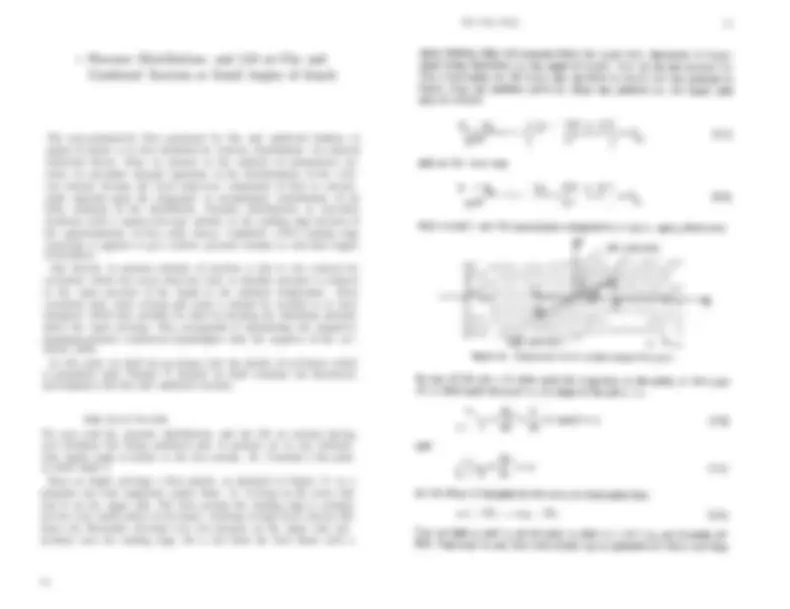
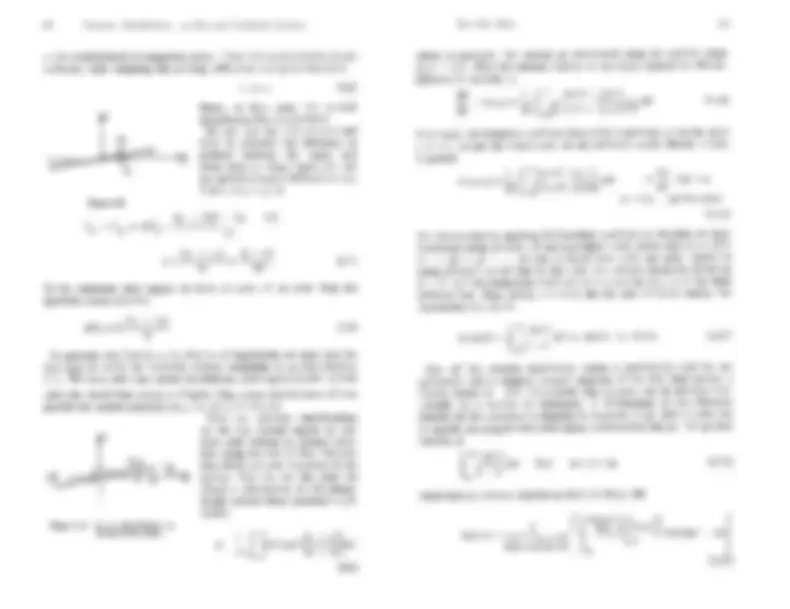

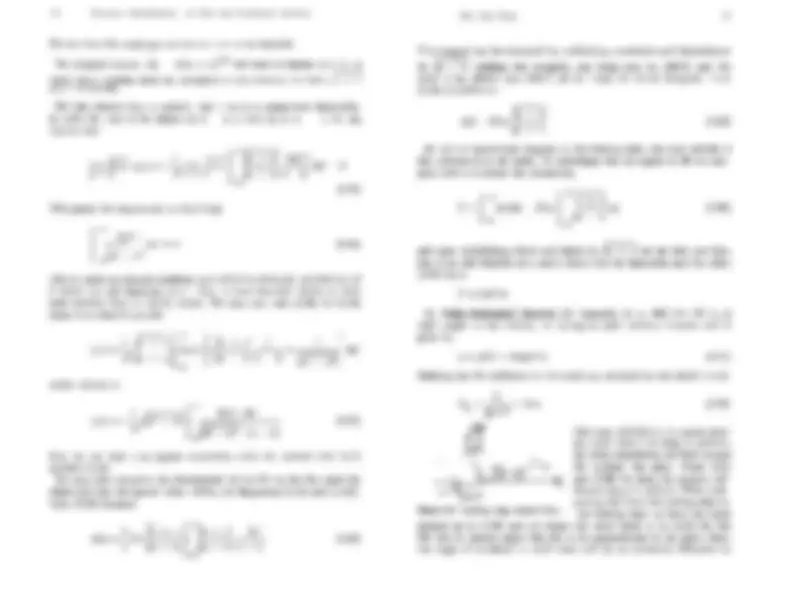
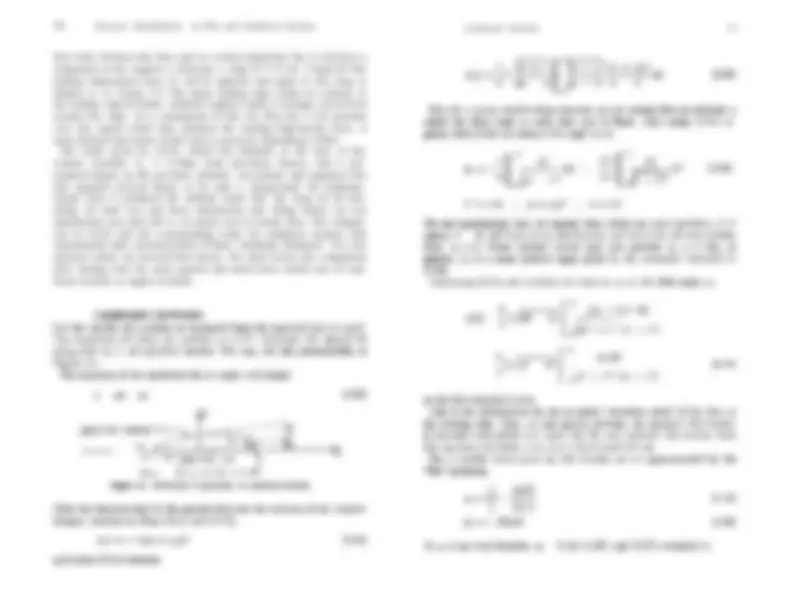
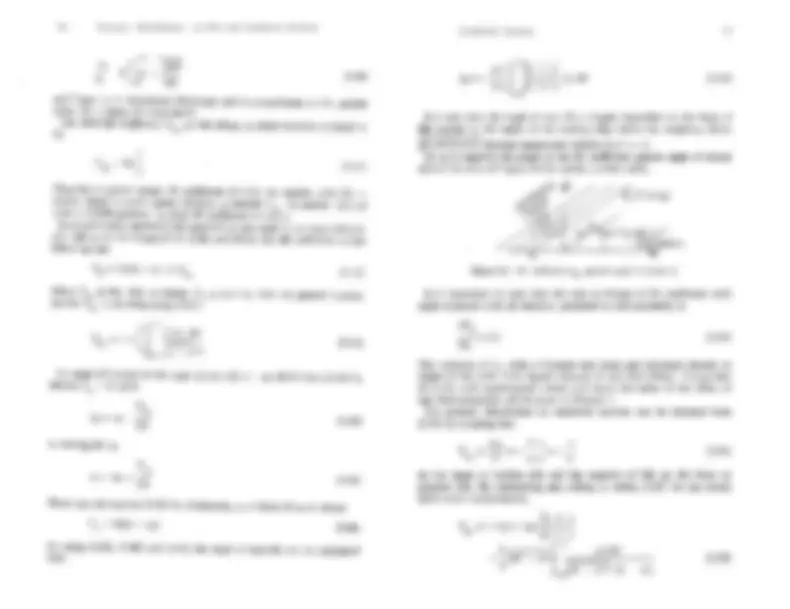
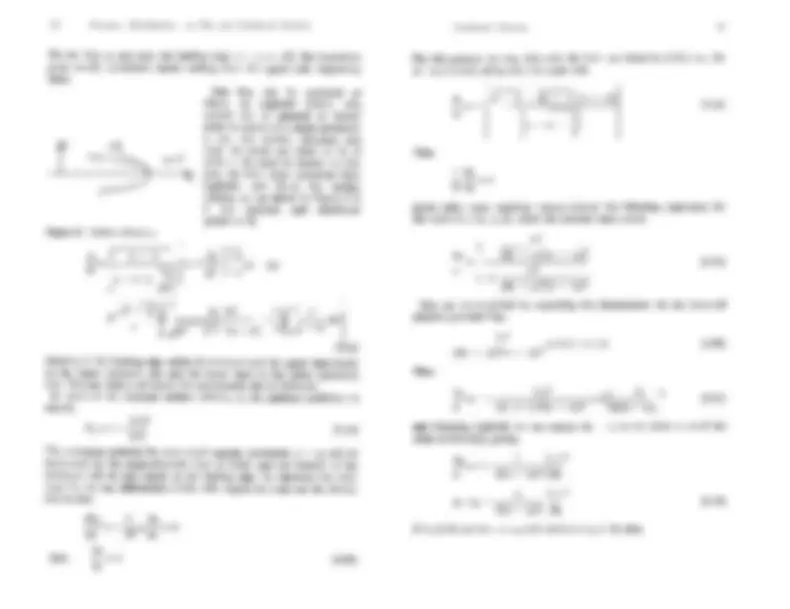
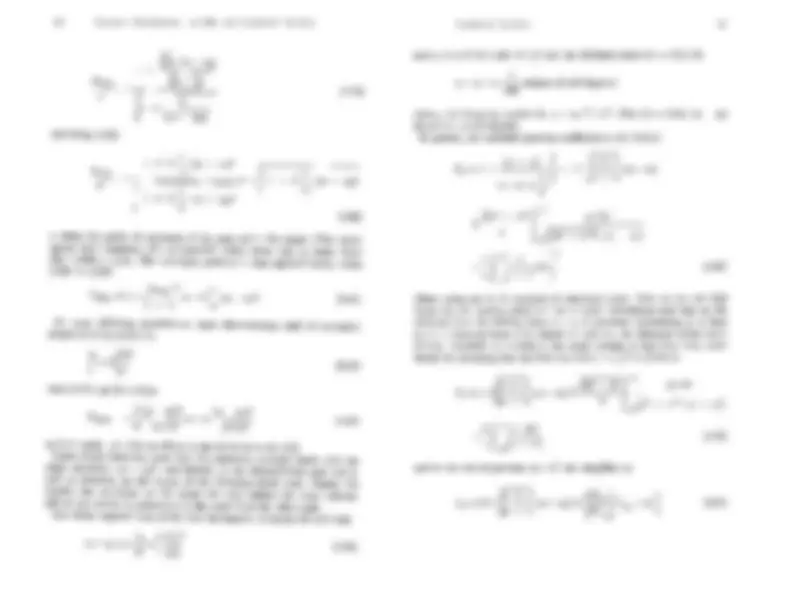
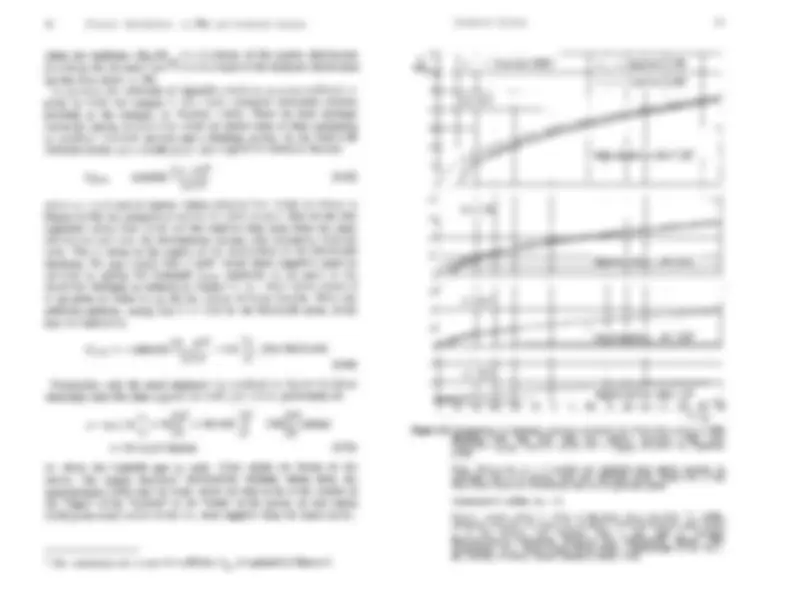
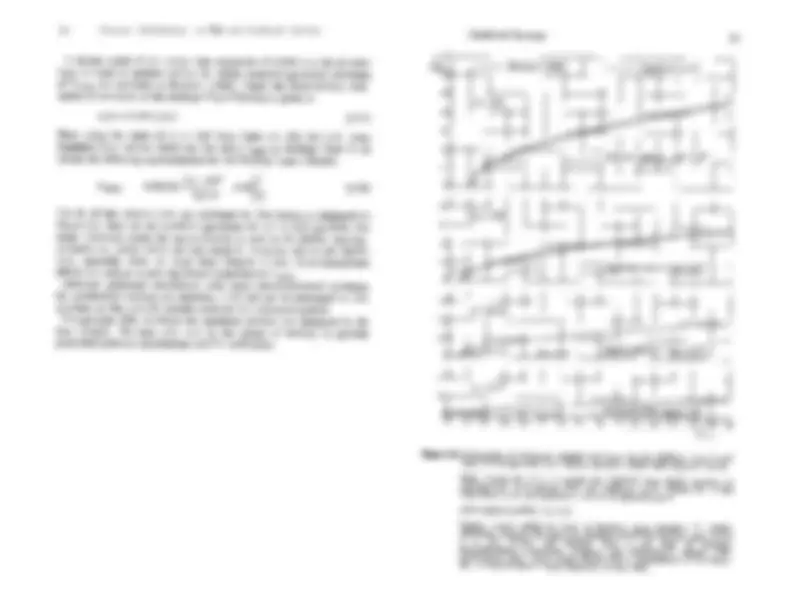
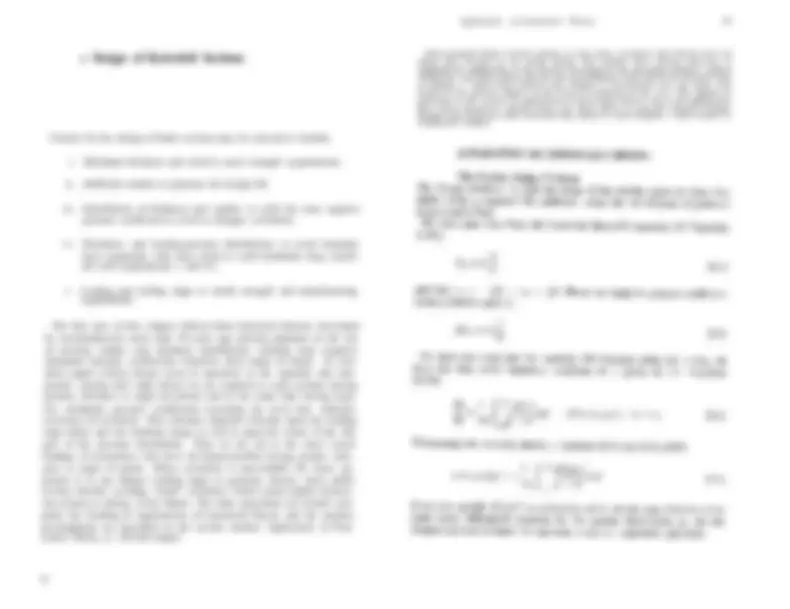
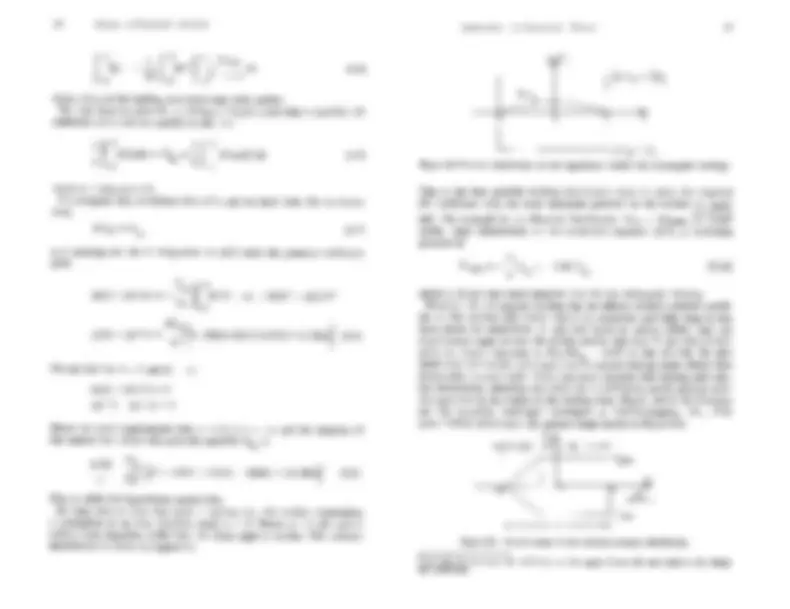
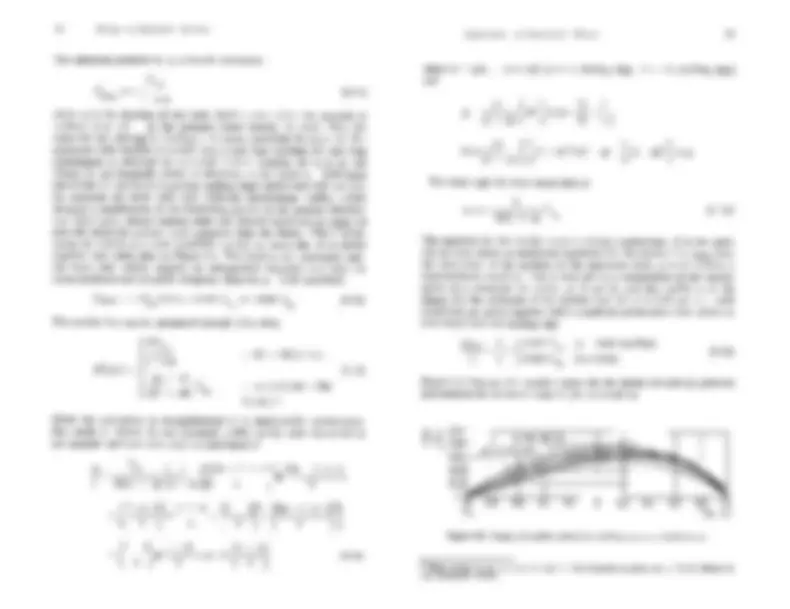
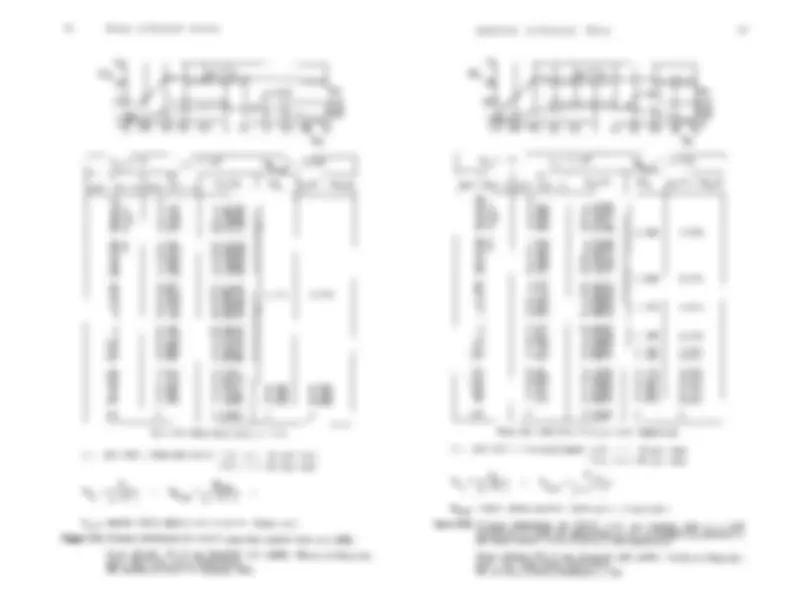
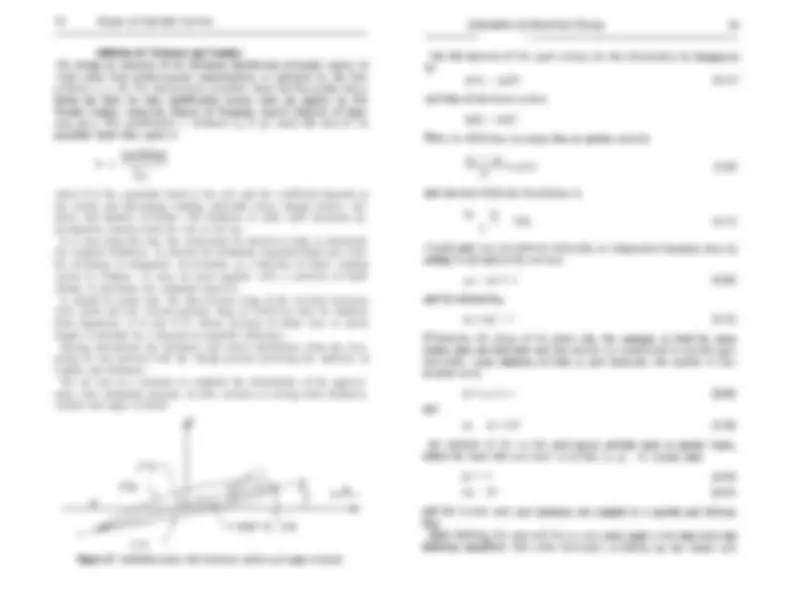
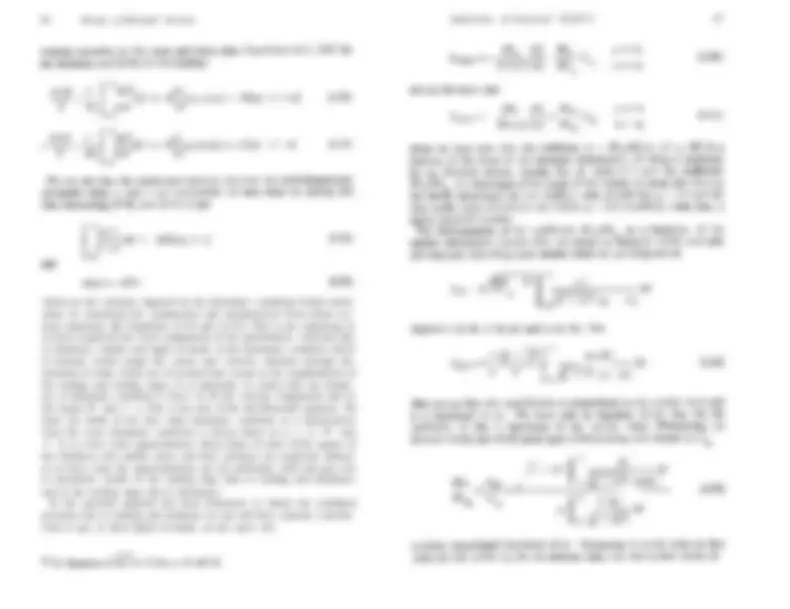
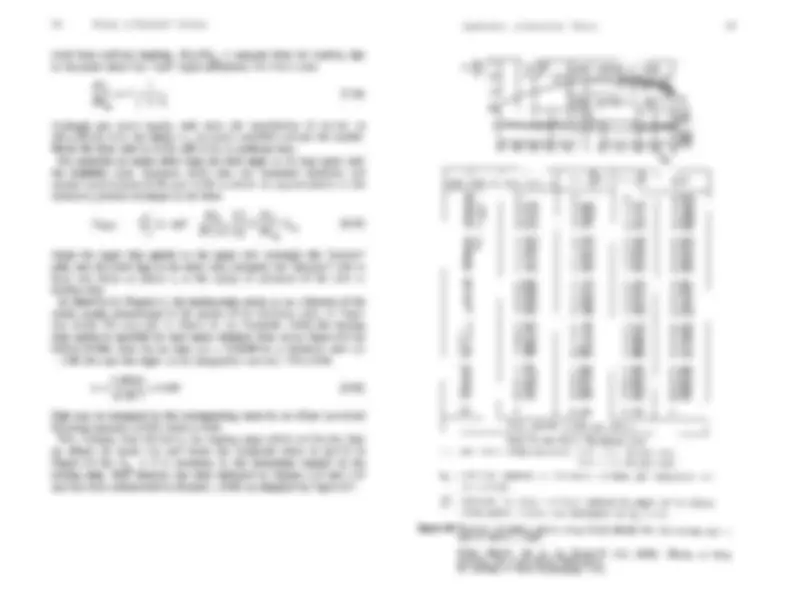
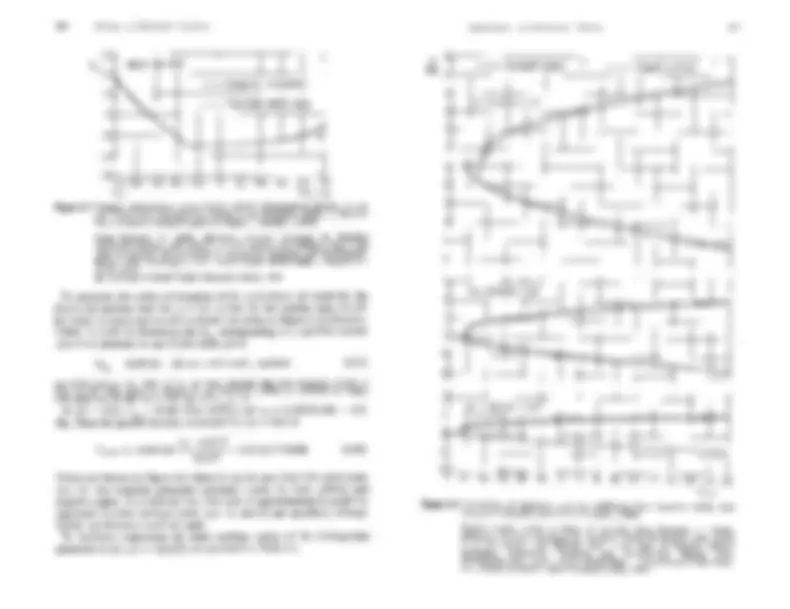
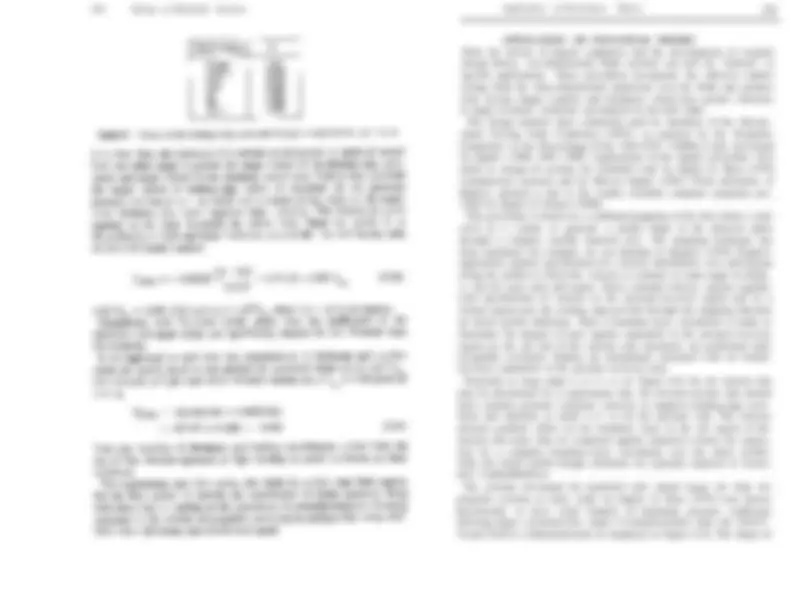
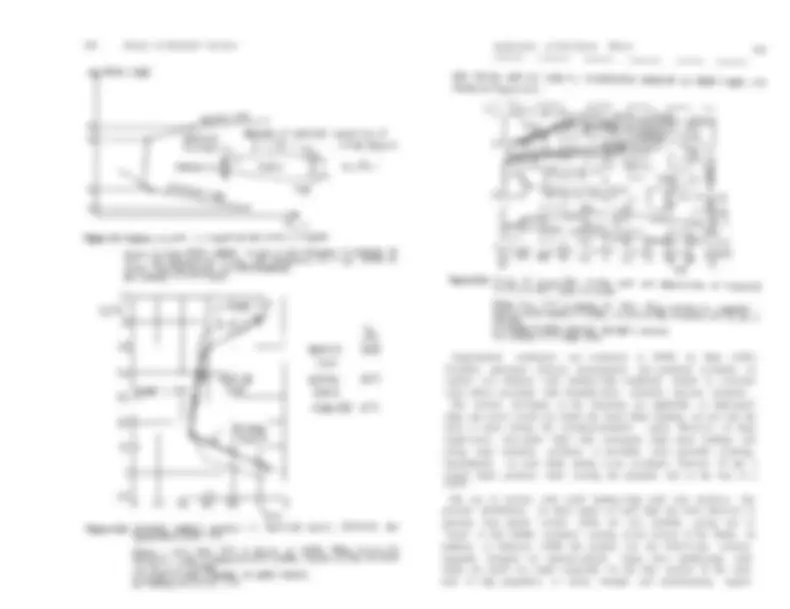
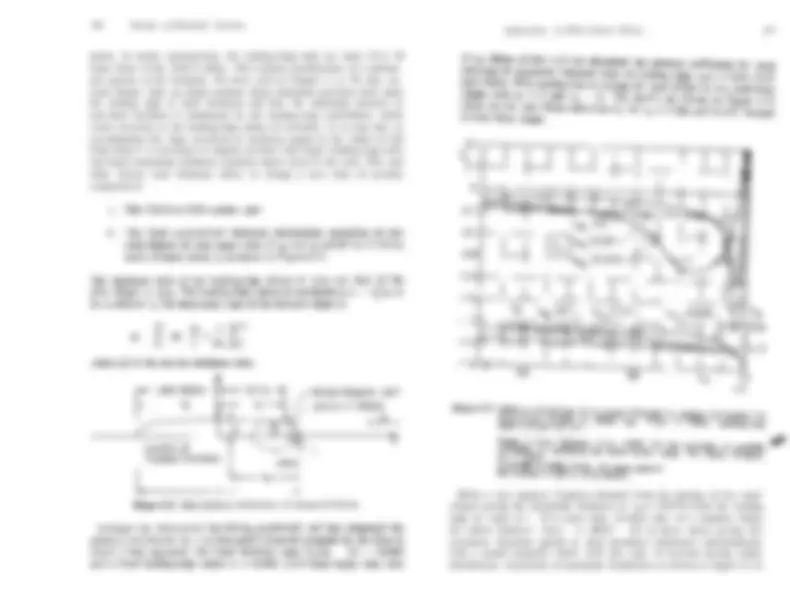
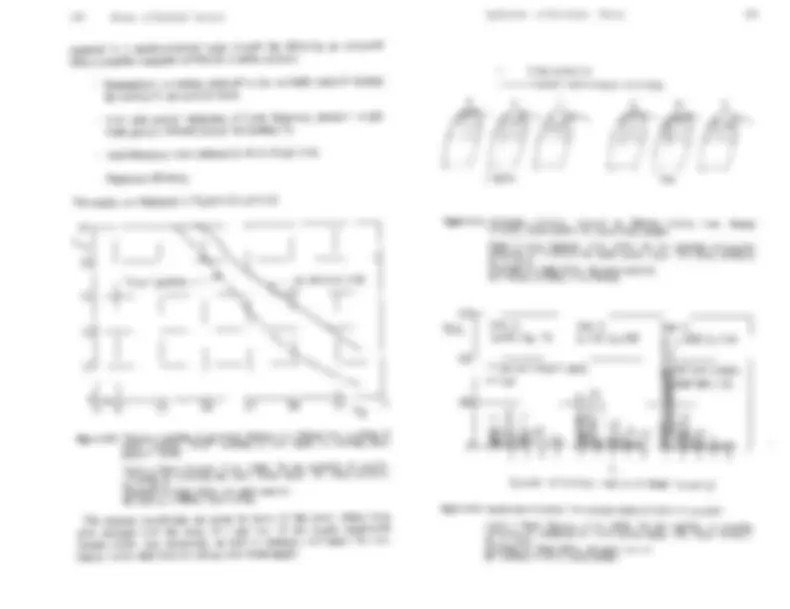
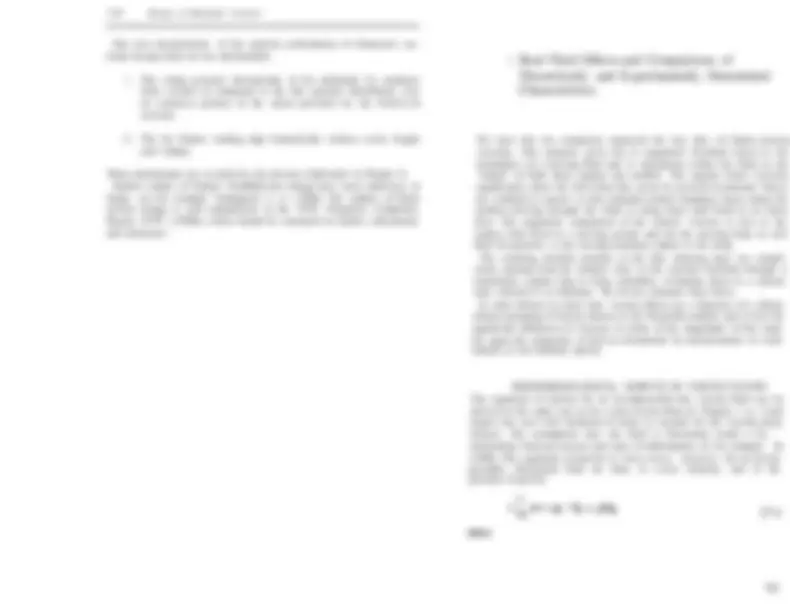
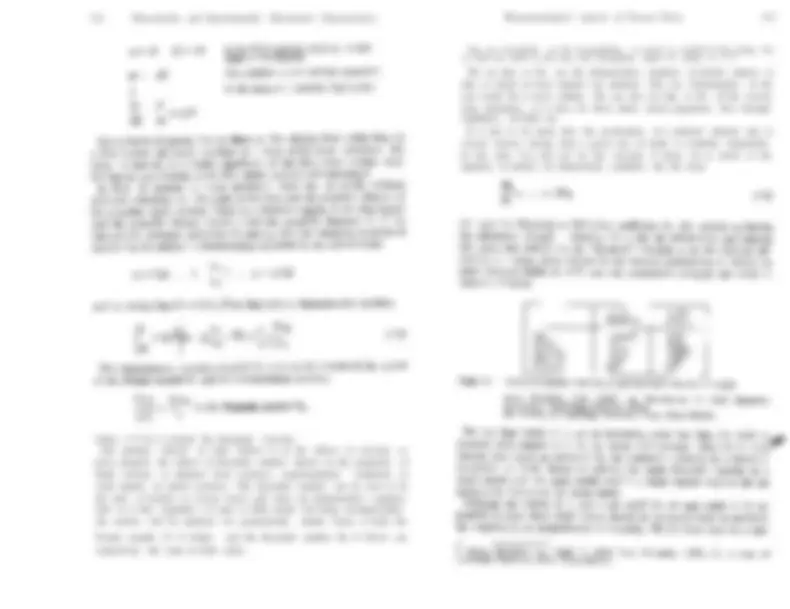
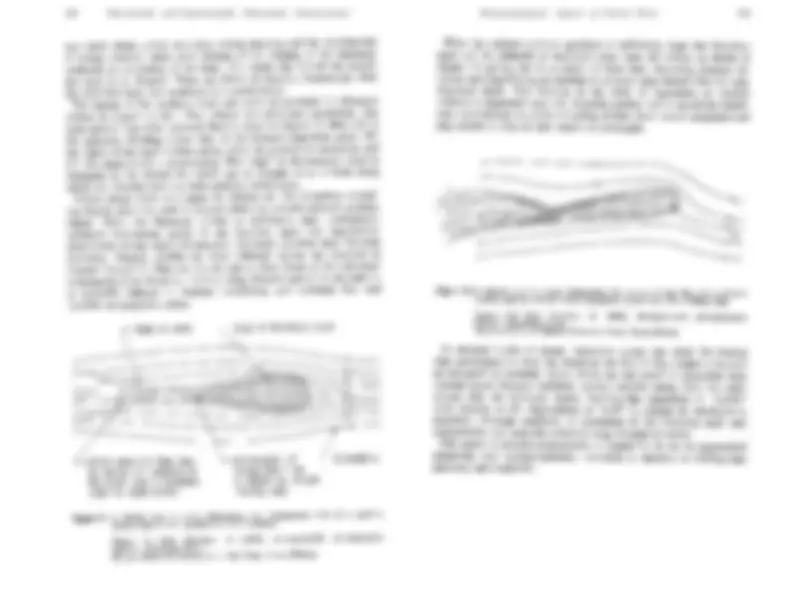
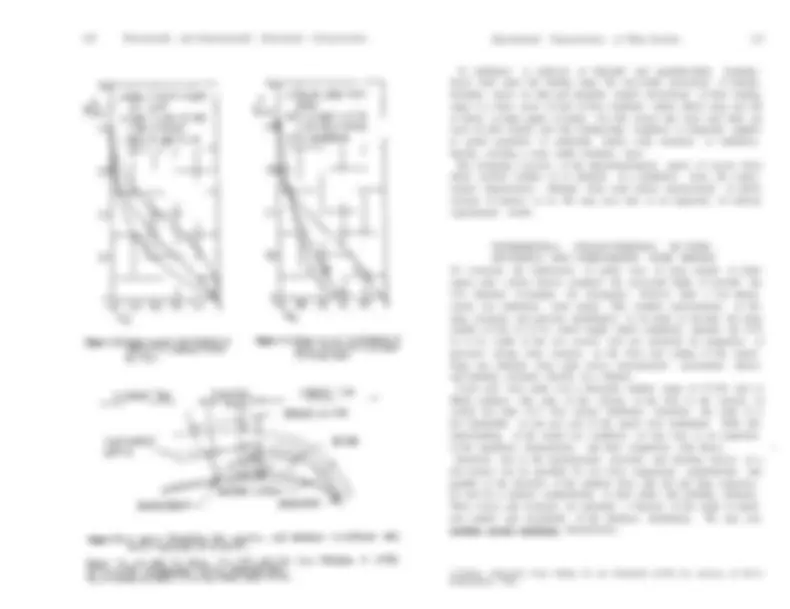
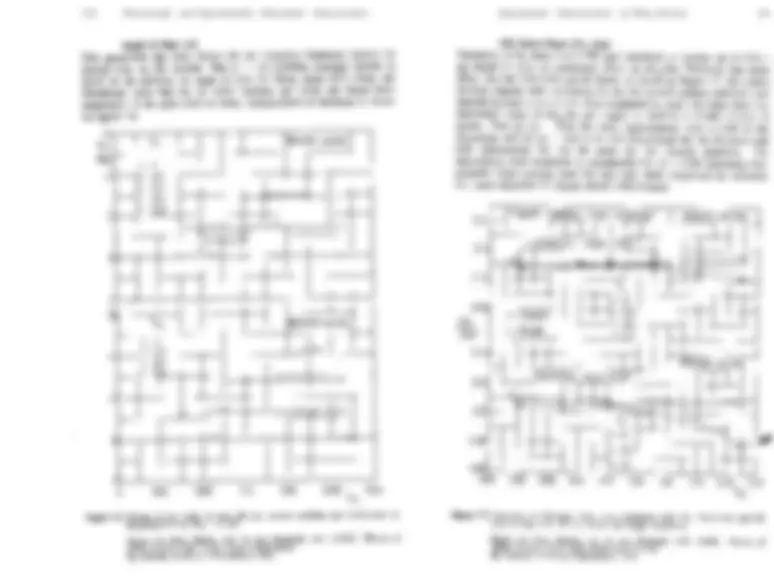
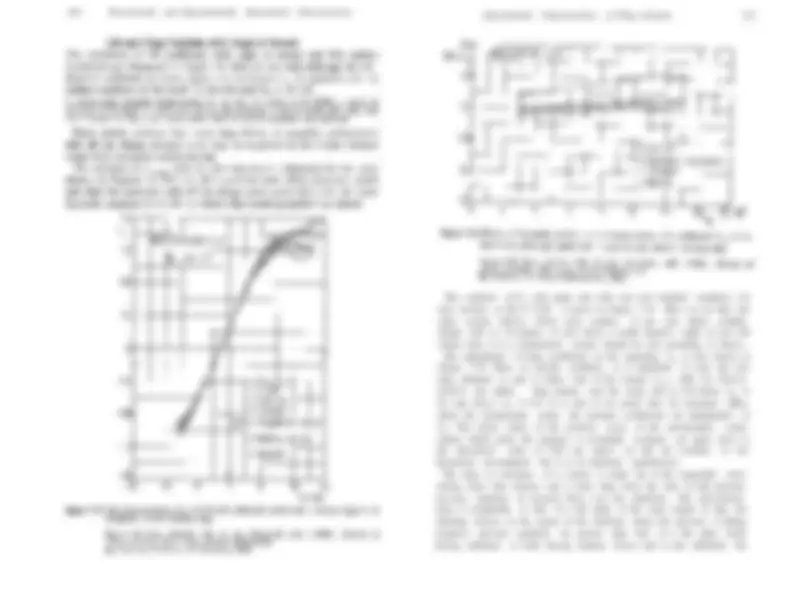
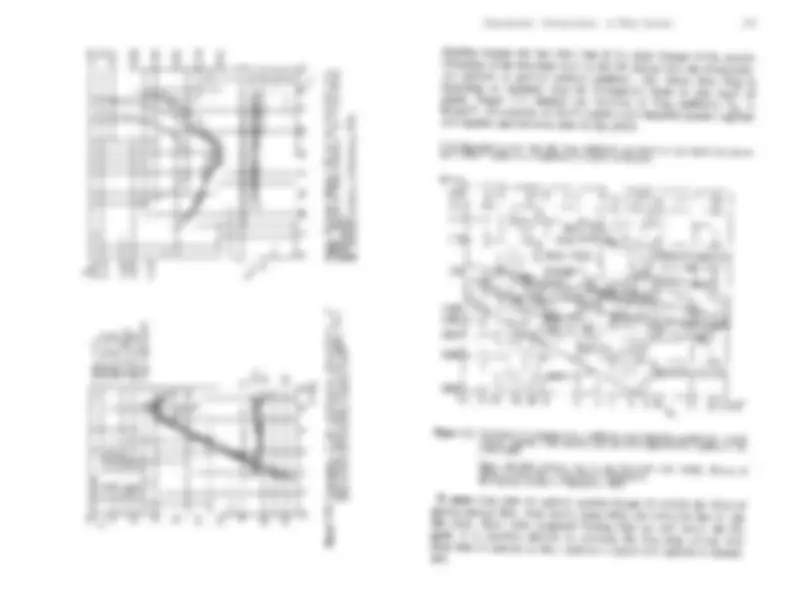
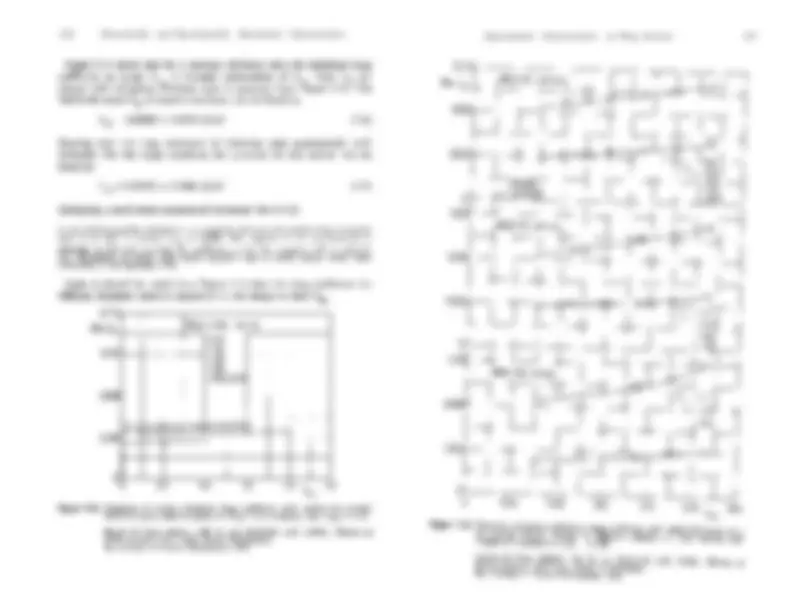
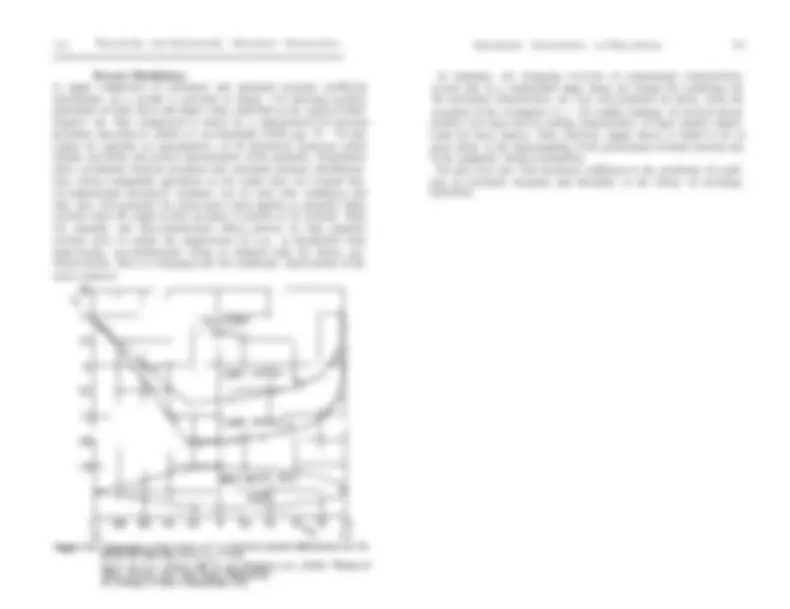
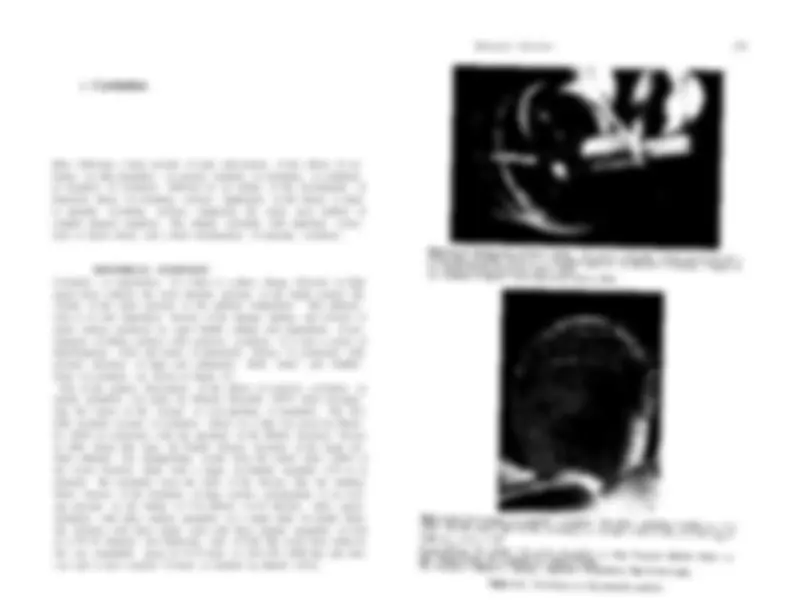
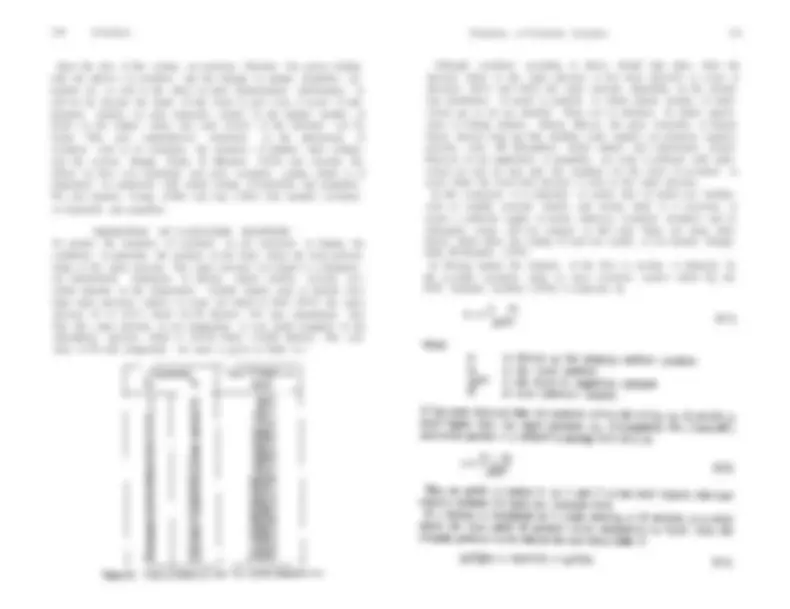
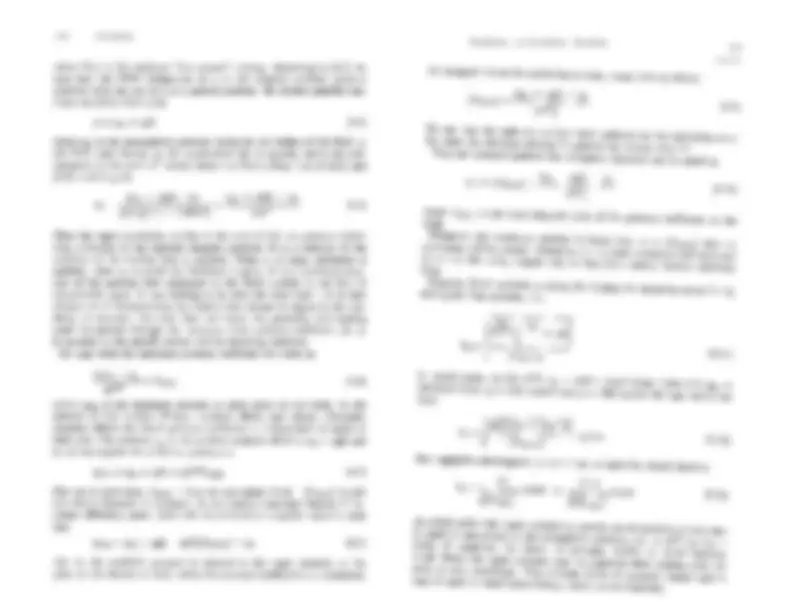
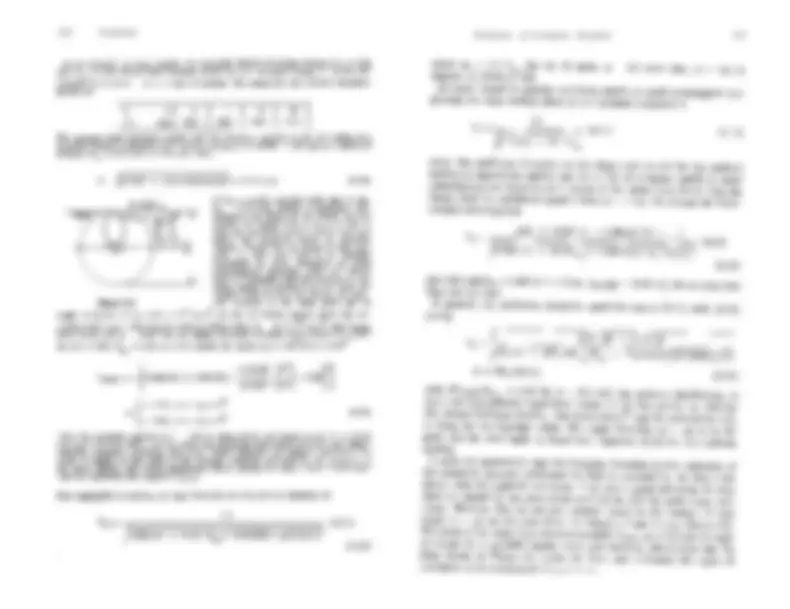

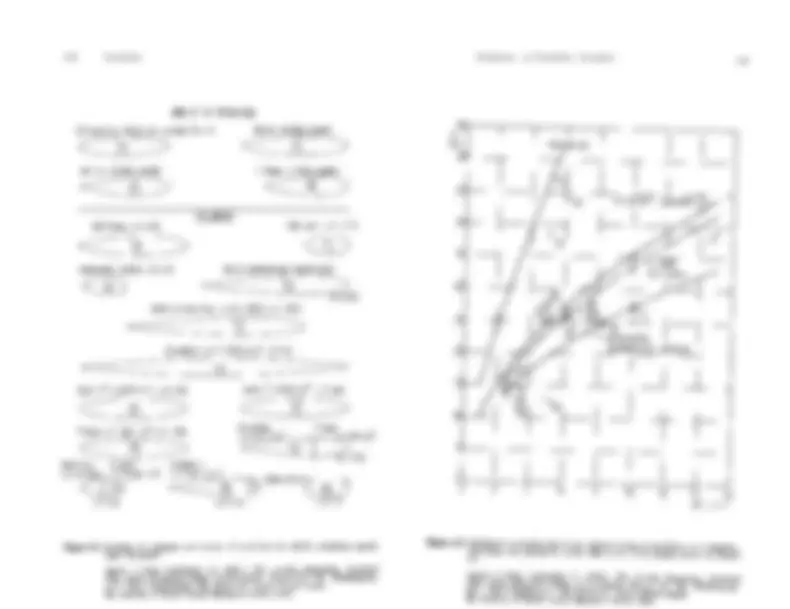
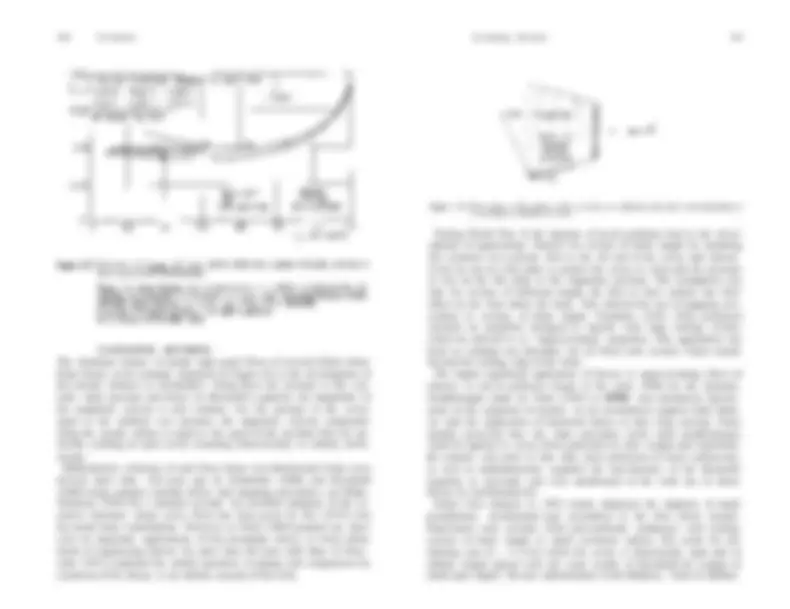
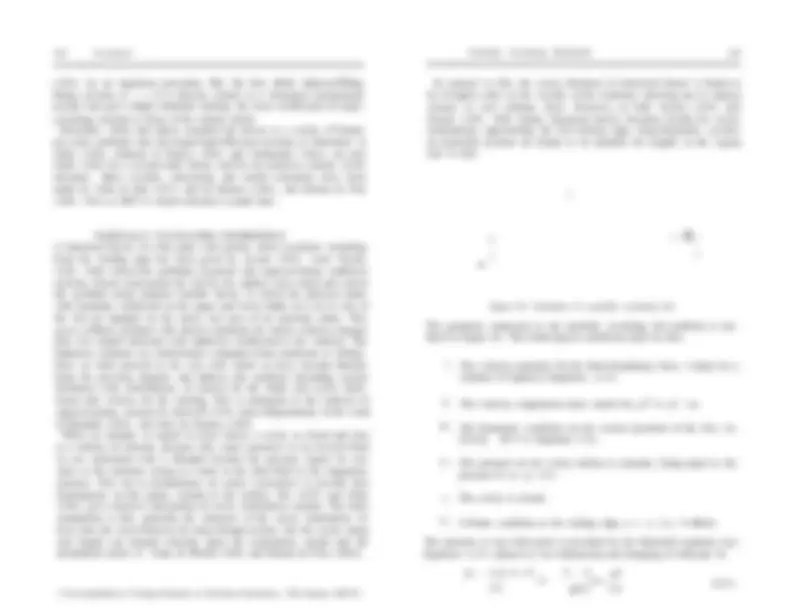
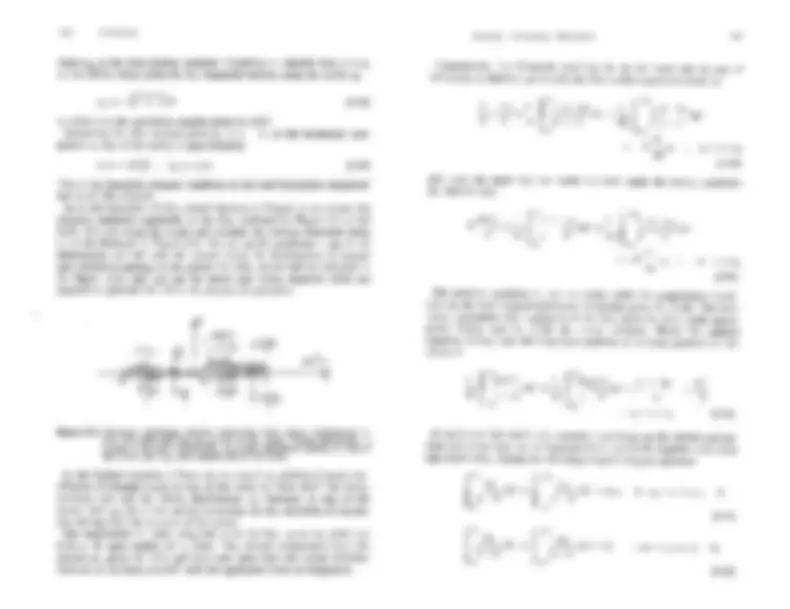
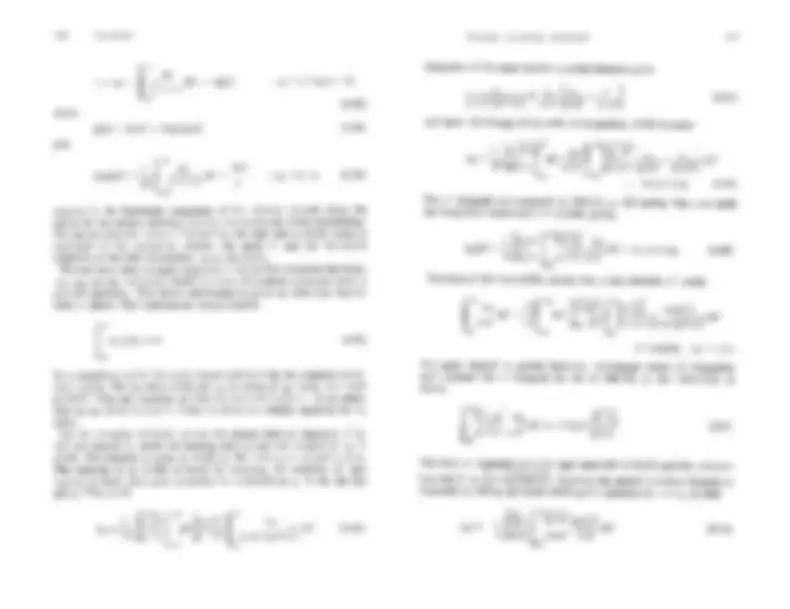
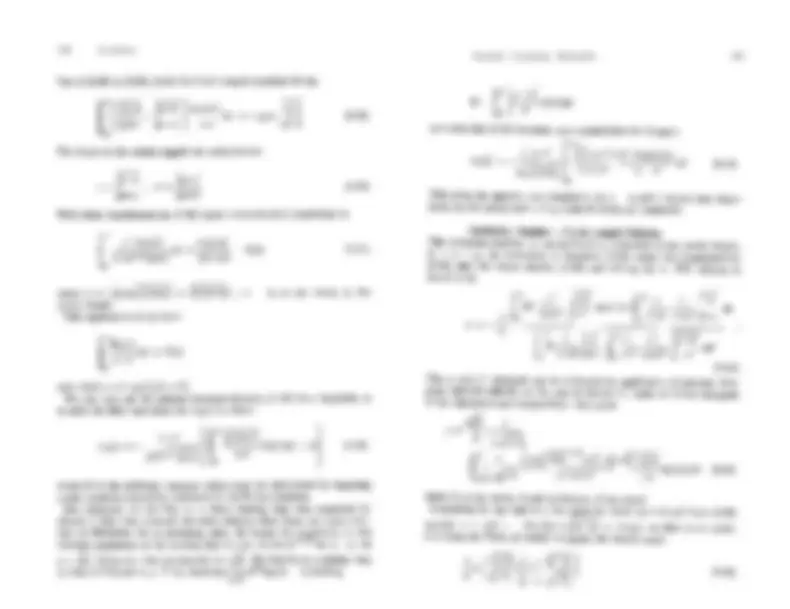
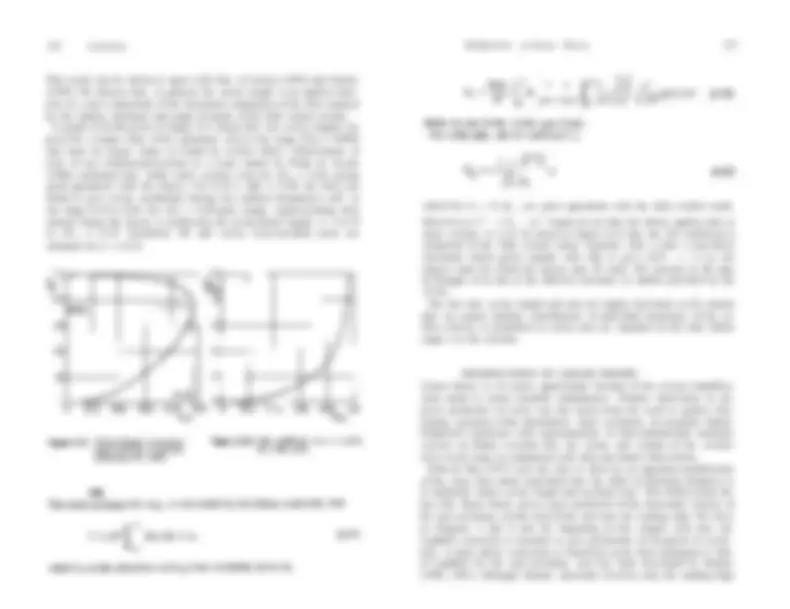
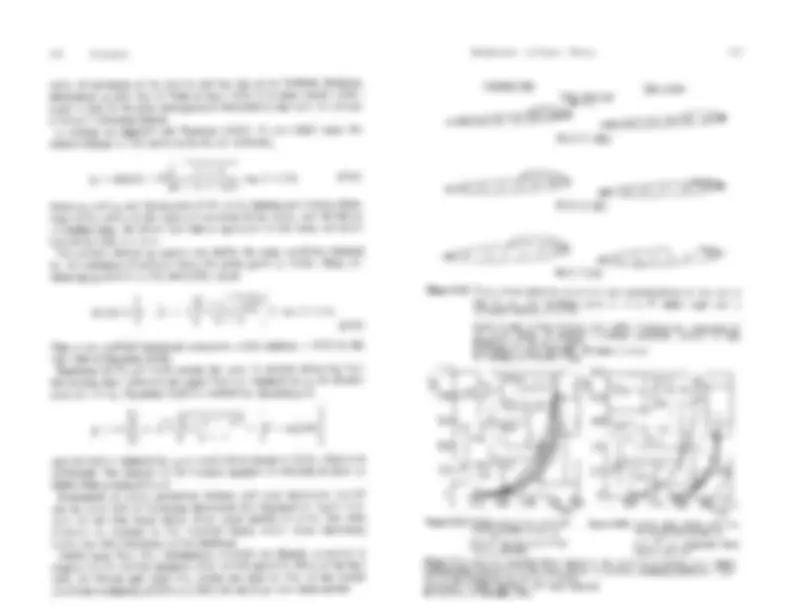
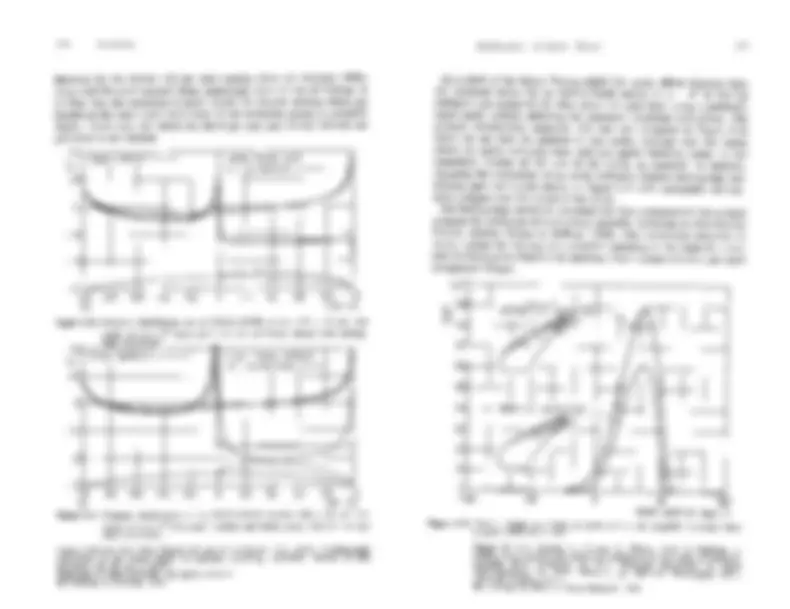
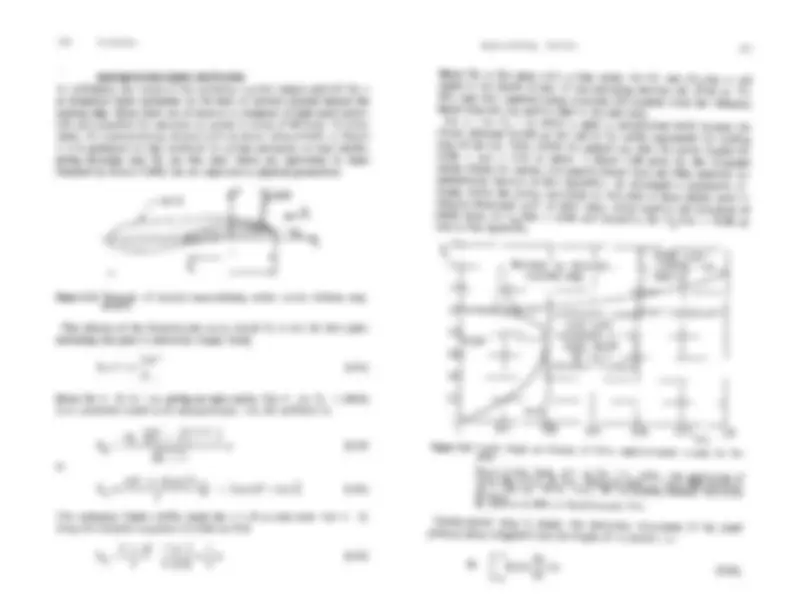
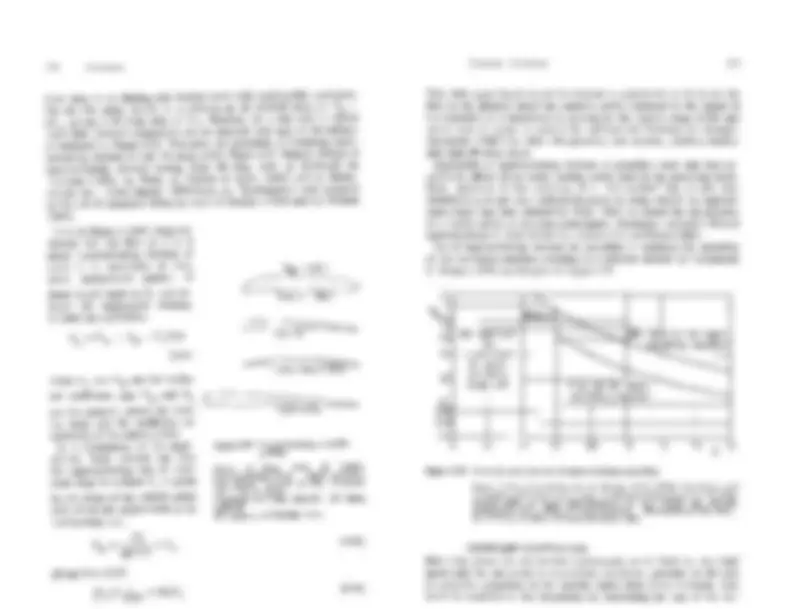
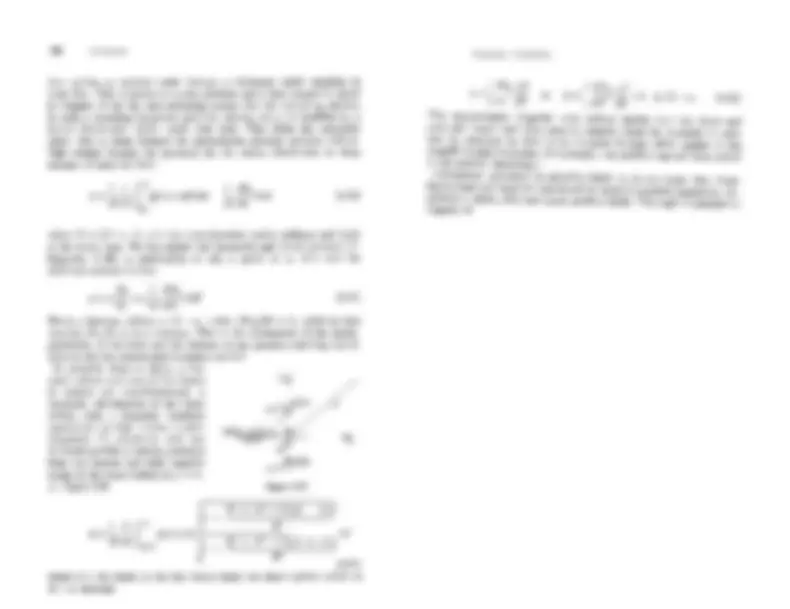
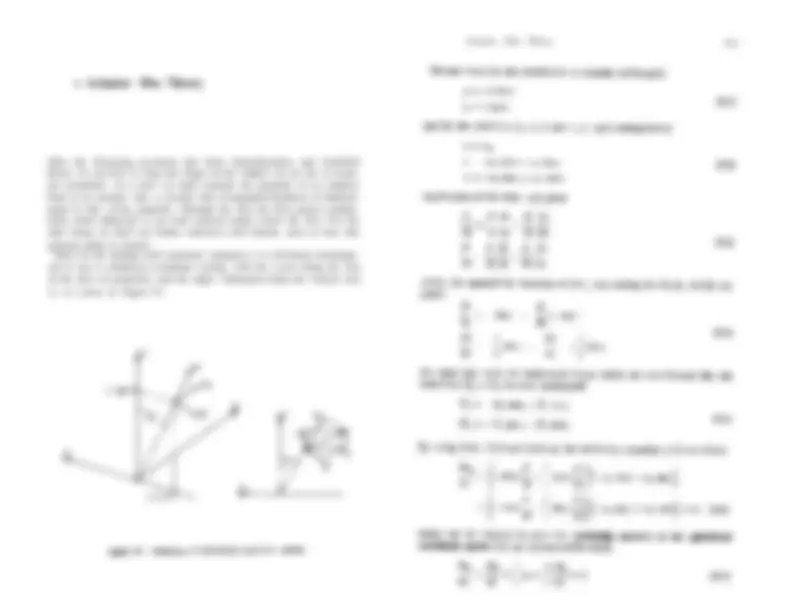
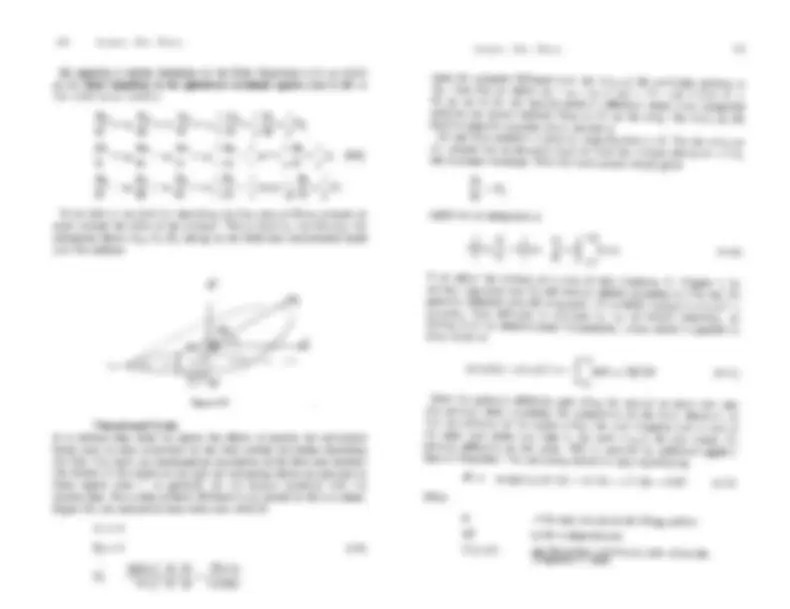
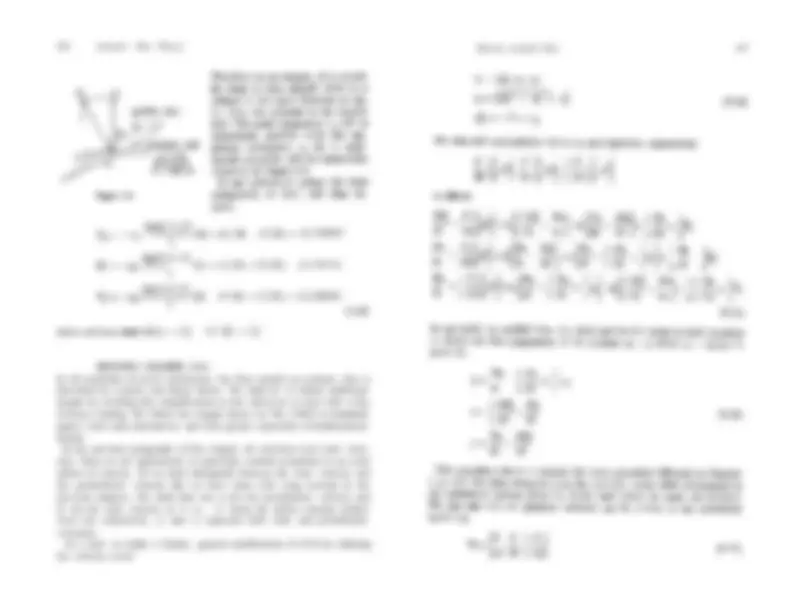
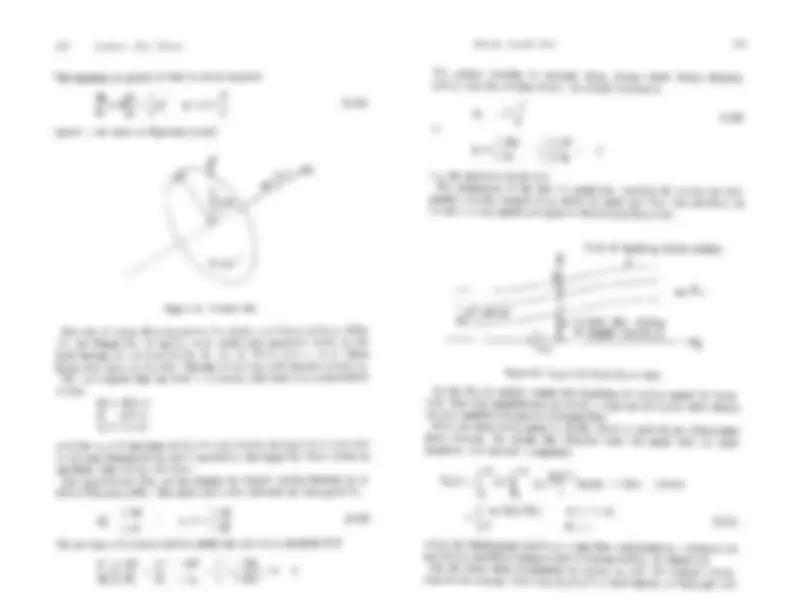
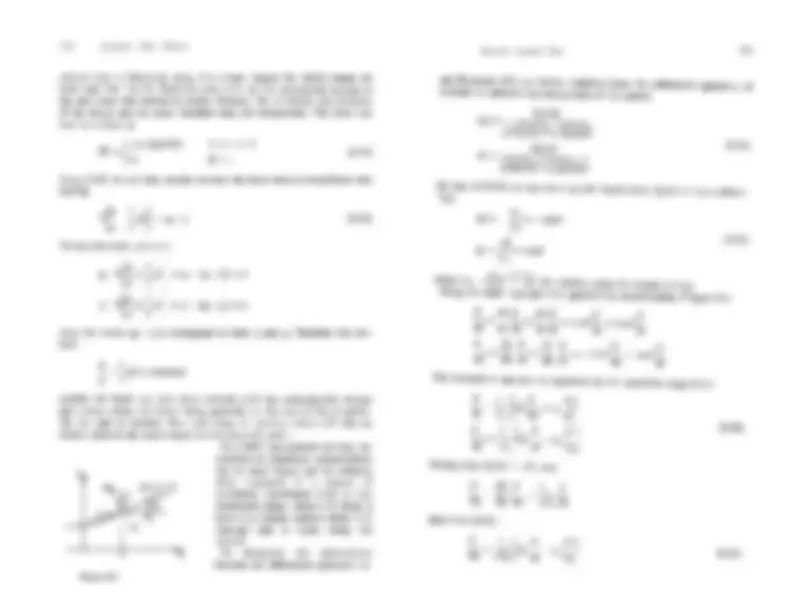
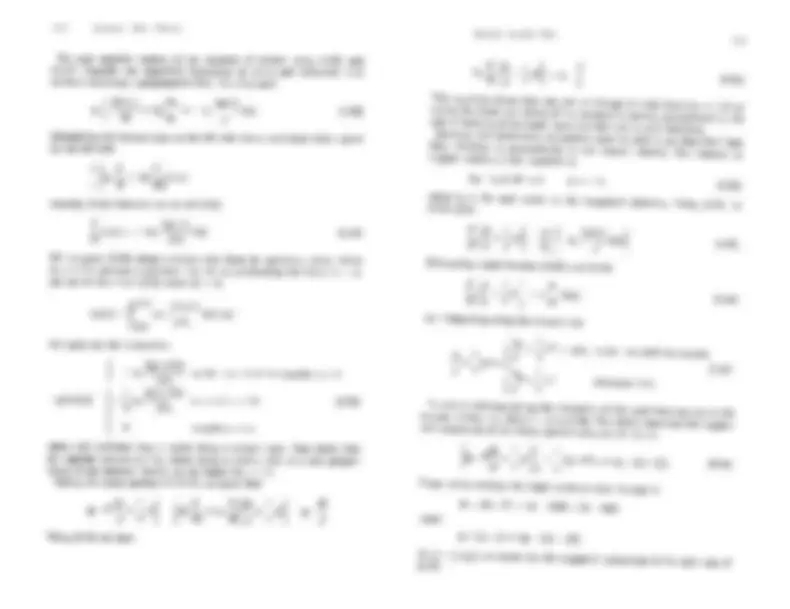
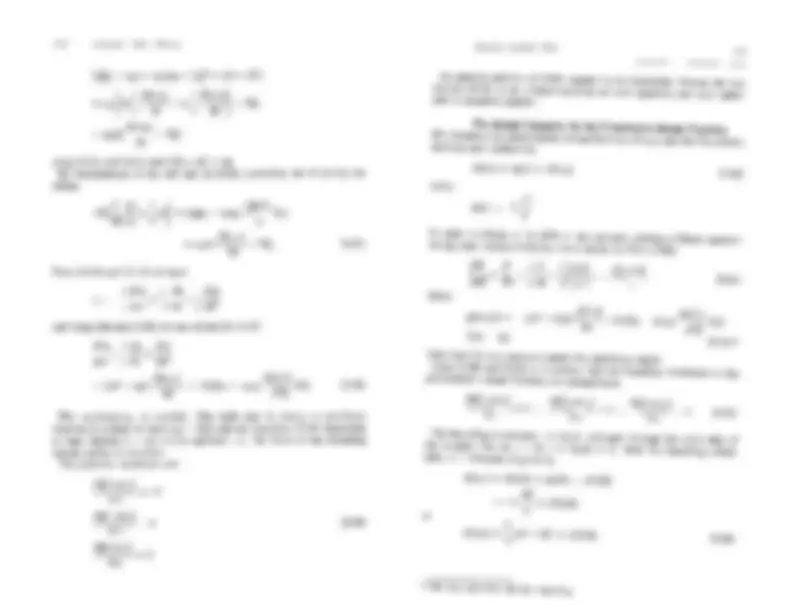
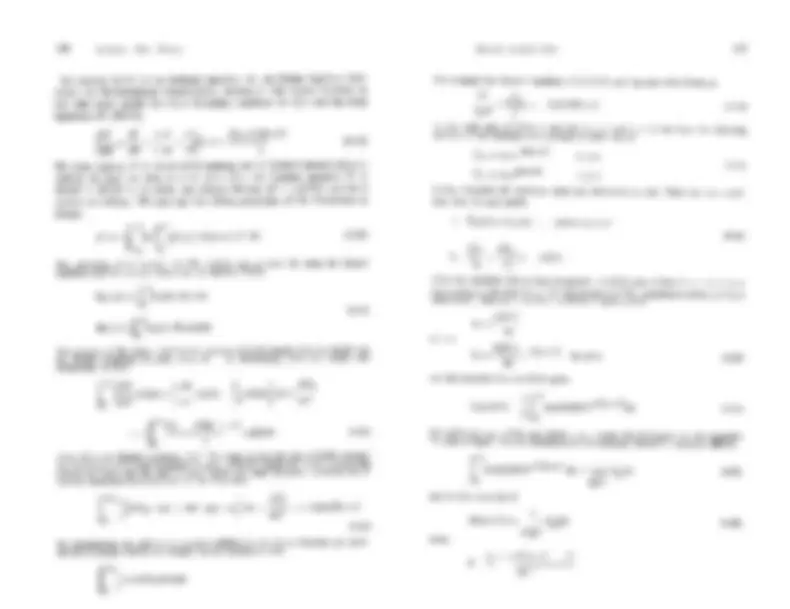


Estude fácil! Tem muito documento disponível na Docsity

Ganhe pontos ajudando outros esrudantes ou compre um plano Premium


Prepare-se para as provas
Estude fácil! Tem muito documento disponível na Docsity
Prepare-se para as provas com trabalhos de outros alunos como você, aqui na Docsity
Os melhores documentos à venda: Trabalhos de alunos formados
Prepare-se com as videoaulas e exercícios resolvidos criados a partir da grade da sua Universidade
Responda perguntas de provas passadas e avalie sua preparação.

Ganhe pontos para baixar
Ganhe pontos ajudando outros esrudantes ou compre um plano Premium
Comunidade
Peça ajuda à comunidade e tire suas dúvidas relacionadas ao estudo
Descubra as melhores universidades em seu país de acordo com os usuários da Docsity
Guias grátis
Baixe gratuitamente nossos guias de estudo, métodos para diminuir a ansiedade, dicas de TCC preparadas pelos professores da Docsity
Hydrodynamics of ship propellers
Tipologia: Notas de estudo
1 / 292

Esta página não é visível na pré-visualização
Não perca as partes importantes!





























































































Cambridge Ocean Technology Series
John P. Breslin Professor Emeritus, Department of Ocean Engineering, Stevens Institute of Technology and Poul Andersen Department of Ocean Engineering, The Technical University of Denmark
PUBUSHED BY THE PRESS SYNDICATE OF THE UNIVERSITY OF CAMBRIDGE The Pin Building, Trumpingron Street, Cambridge CB2 1RP, United Kingdom
CAMBRIDGE UNIVERSITY PRESS The Edinburgh Building, Cambridge CB2 2RU, United Kingdom 40 West 20th Street, New York, NY 10011-4211, USA 10 Stamford Road, Oakleigh, Melbourne 3166, Australia
© Cambridge University Press 1994
This book is in copyright. Subject to stamtory exception and to the provisions of relevant collective licensing agreements, no reproduction of any part may take place without the wrinen permission of Cambridge University Press
First published 1994 Reprinted 1996 First paperback edition 1996
Printed in the United Kingdom at the University Press, Cambridge
A catalogue record for this book is available from the British Library
Library of Congress Cataloguing in Publication data Breslin, John P. Hydrodynamics of ship propellers I John P. Breslin, Poul Andersen. p. cm. - (Cambridge ocean technology series; 3) Includes bibliographical references and index.
ISBN 0521413605 hardback ISBN 0 521 574706 paperback
Preface xi Notation xiv Abbreviations xxiv
1 Brief review of basic hydrodynamic theory (^1) Continuity 1 Equations of motion 2 Velocity fields induced by basic singularities 7 Vorticity 17
2 Properties of distributions of singularities 26 Planar distributions in two dimensions 26 Non-planar and planar distributions in three dimensions 33
3 Kinematic boundary conditions 42
4 Steady flows about thin, symmetrical sections in two dimensions 46 The ogival section 51 The elliptical section 54 Generalization to approximate formulae for families of two-dimensional hydrofoils 57 A brief look at three-dimensional effects 62
5 Pressure distributions and lift on flat and cambered sections at small angles of attack (^66) The flat plate (^66) Cambered sections 74
6 Design of hydrofoil sections 86 Application of linearized theory 87 Application of non-linear theory (^103)
7 Real fluid effects and comparisons of theoretically and experimentally determined characteristics 111 Phenomenological aspects of viscous flows 111 Experimental characteristics of wing sections and comparisons with theory 117
vii
x (^) Contents
Mathematical compendium (^503) 1 Taylor expansion (^503) 2 Dirac's t5--function (^504) 3 Green's identities and Green function (^505) 4 Evaluation of integrals with Cauchy- and Hadamard-type singular-kernel functions (^507) 5 Fourier expansions of 1/ R (^) 513 6 Properties of the Legendre function QnJ 518 7 Outline of calculus of variations (^2 ) 8 Table of airfoil integrals (^523)
References (^) 527 A uthors cited (^) 547
Sources of figures (^) 550
Index (^) 551
This book reflects the work of a great number of researchers as well as our own experience from research and teaching of hydrodynamics and ship-propeller theory over a combined span of more than 60 years. Its development began in 1983-84 during the senior author's tenure as visiting professor in the Department of Ocean Engineering, The Technical Univer- sity of Denmark, by invitation from Professor Sv. Aa. Harvald. During this sabbatical year he taught a course based on his knowledge of propel- ler theory garnered over many years as a researcher at Davidson Laborat- ory and professor at Stevens Institute of Technology. Written lecture notes were required, so we were soon heavily engaged in collecting mater- ial and writing a serial story of propeller hydrodynamics with weekly pub- lications. As that large audience consisted of relatively few masters and doctoral students but many experienced naval architects, it was necessary to show mathematical developments in greater detail and, in addition, to display correlations between theory and practical results. Encouraged by Professor P. Terndrup Pedersen, Department of Ocean Engineering, The Technical University of Denmark, we afterwards started expanding, modifying and improving the notes into what has now become this book. In the spirit of the original lecture notes it has been written primarily for two groups of readers, viz. students of naval architecture and ship and propeller hydrodynamics, at late undergraduate and gradu- ate levels, and practicing naval architects dealing with advanced propul- sion problems. It is our goal that such readers, upon completion of the book, will be able to understand the physical problems of ship-propeller hydrodynamics, comprehend the mathematics used, read past and current literature, interpret calculation and experimental findings and correlate theory with their own practical experiences. To make reading as easy as possible the mathematical concepts and deri- vations which might have caused trouble for those readers of a more prac- tical background have been explained and executed in far greater detail than found in the literature. Physical interpretations are given throughout together with explanations of the procedures and results in engineering terms and with simple solutions of practical utility wherever possible. We
xi
xii Preface
hope that the book in this form will be equally suitable as a text in uni- versity courses, a guide for self-tuition and a reference book in ship-design offices. The subject matter is broadly divided into two parts. In the first, basic hydrodynamics is outlined with comprehensive applications to the con- struction of practical representations of the steady performance of hydro- foils, with and without cavitation, wings and propellers. Here lifting-line theory is described, including propeller design and analysis via computer and pragmatic considerations from actual performance. The last part ad- dresses the unsteady forces on propellers in wakes via lifting-surface theory as well as propeller-induced vibratory forces on simple, nearby boundaries and upon ship hulls. Both non-eavitating and cavitating pro- pellers are treated. In the final chapter a rational procedure for the optim- ization of compound propulsors for increased efficiency is described. Throughout the book, in addition to the theoretical developments, the results of calculations are correlated with experimental findings. Remarks and developments that the reader may wish to skip in his first reading are set in small print. No exercises are provided; to achieve proficiency, the reader, after initial study of the text, should derive the results indepen- dently. An immense pleasure, when writing this book, has been to experience the interest and help from colleagues, institutions and companies all over the world. They generously spent their time answering our questions and supplied us with material, including photographs and figures, with permis- sion to reproduce them in the text. These sources are acknowledged in the figure captions. We are very grateful for this assistance without which this book would have been much more incomplete and less useful. We are particular indebted to Dr. W. van Gent, Maritime Research Institute Netherlands; Professor M. D. Greenberg, University of Delaware; Mr. C.- A. Johnsson, SSPA Maritime Consulting AB; Professor J. E. Kerwin and Dr. S. A. Kinnas, Massachusetts Institute of Technology. Our sincere thanks are also due to Mr. J. H. McCarthy, David Taylor Research Center; Dr. K. Meyne, Ostermann Metallwerke; Dr. W. B. Morgan, David Taylor Research Center; Mr. P. Bak Olesen, A.P. M011er;and Mr. H. Vagi, Mitsui Engineering and Shipbuilding Co., Ltd. for help and suppoit and to Professor R. Eatock Taylor, Oxford University, for his effective proposal of our manuscript to Cambridge University Press. We also wish to express our gratitude to present and former colleagues at the Depart- ment of Ocean Engineering, The Technical University of Denmark. They include Professor Emeritus Sv. Aa. Harvald and Professor P. Terndrup Pedersen who initiated vital parts of the entire process and later together with Professor J. Juncher Jensen, Head of Department, gave us encour-
Preface 'xiii
agement and support. Invaluable help was provided by the Staff; Ms. L. Flicker typed the lecture-notes version of the manuscript and later ver- sions were typed by Ms. V. Jensen. We acknowledge the financial support of F. L. Smidth & Co. A/S who, on the occasion of their lOOth-year anniversary, sponsored the first au- thor's stay as visiting professor. Later support was provided by The Dan- ish Technical Research Council under their Marine Design Programme.
Lyngby, Denmark John P. Breslin October 1992 Poul Andersen
xvi Notation (^) Notation xvii
xviii Notation (^) Notation xix
xx Notation (^) Notation xxi
xxii Notation (^) Notation xxiii
Equations of Motion
14 Brief Review of Basic Hydrodynamic Theory Velocity Fields Induced by Basic Singularities 15
16 Brief Review of Basic Hydrodynamic Theory Vorticity